|
This week's trip was to a little bit of a different destination, a family city break in Amsterdam, meeting with my mother "half-way" between Finland and Scotland. The trip's primary purpose was not photography... but of course I had my camera with me and I was interested to see what would catch my eye in this historic city. We stayed in the museum district of the city, near to the Rijksmuseum. Large cities give many opportunities for different kinds of photography. For some photographers the people inhabiting the city and their daily interactions with each other can provide an endless source of interest. For others the buildings and monuments of the city, built over many generations, in a myriad of styles, in various states of repair, provide a fascinating landscape. The massive concentration of activity and enterprise in a small area means that there is always something going on, and there are often interesting little details to be found in innocent looking corners. In many other forms of photography the onset of darkness provides some limitations, but in city photography the fluorescent world that emerges after dark brings a new set of opportunities. Having spent most of the last few months searching for the peaceful beauty of nature, in the mountains or on remote islands, it was something of a culture shock to be in this frantic city, swarming with people. Navigating the city as a pedestrian is a challenge in itself. The sheer amount of pedestrians is one difficulty but the bigger challenges are caused by the amazing amount of bicycle traffic flying towards you from all directions at all times. There are probably some very sensible rules for who goes and when... but they are not immediately obvious to a visitor. In order to survive even a short walk on the city streets you need to have great spacial awareness and rapidly adjust to situations as they emerge, perhaps it is not surprising that this city was the birthplace of "total football". In attempt to avoid the crowds and to have a more peaceful atmosphere for photography I chose mainly to shoot late at night and early in the morning... the latter being by far the more peaceful option. During the 4 day trip I walked along many kilometres of canals and while the scenery was always interesting to observe, I did not find many places that gave opportunities for a clean composition. In the past I have really enjoyed city photography, especially at night, but on this occasion and in this destination I had difficulties to find inspiration. Many of the buildings, especially around the canal network, were built many generations ago, but around the edges of the historic old town a lot of new architecture can also be found. The Oeverpark area, across the water from the Centraal station, is home to the EYE film museum and the A'DAM Lookout, both of which caught my eye immediately as we first arrived to the city by train from Schipol airport. The Lookout houses a restaurant and an observation platform 20 stories above the city and is lit up in bright yellow at night while the EYE museum has an interesting design. I returned to these buildings, making use of the free ferry which runs from outside the Centraal station 24 hours a day, on a few occasions during my stay and found interest in both wider shots of the buildings and some more abstract geometrical arrangements. It was interesting to note how many different bird species were sharing this hugely busy city with the human population. The waterways were home to large amounts of mallards and coots with a smaller but still noticeable population of moorhens also easily visible. Mute swans, crows, jackdaws, sparrows, magpies, grey herons, pigeons (wood pigeons and feral pigeons) and various gulls were also easy to notice. By far the most obvious bird, based on noise level rather than sheer numbers, was the ring-necked parakeet, a population of which has made a foothold in the city. Their loud screeching can be heard almost constantly in many parts of the city and it was a common occurrence to see something bright green flashing past in the corner of your eye. Another species that could be considered "non-native" in the city but which can also be found there in significant numbers is the Egyptian goose. Both of these populations have developed from birds that have escaped from captivity rather than arriving in Amsterdam by their own initiative. I suppose I am not meant to approve of the presence of these non-native species... but they both looked quite exotic to me and I was happy to see them before I found out that maybe I shouldn't have been. A couple of years ago, at the beginning of my photography activities, I found a lot of interest in photographing flowers. This can of course be done in many places, including your own home, but it can also be very interesting to take a trip to some botanical gardens where you might find some more exotic of interesting species. The Hortus botanical gardens in Amsterdam are a great place to spend an hour or so with interesting plants both outside and in as well as a butterfly house where you can see hundreds of those beautiful and delicate fluttering insects. Overall, this was a good trip, and a great chance for us to spend some time with my mother in one of her favourite places.
Where next? Well... that is under consideration. After this city experience I think that somewhere with rather fewer people will be a high priority. If anyone has any suggestions about good photography destinations, particularly for landscape or nature photography, then please feel free to comment this post! Andy
0 Comments
This week I found myself once again heading for the remote island of Utö, along with fellow photographer Mika Grönroos, as we made our third pilgrimage of 2017 (my fourth visit in total) to this Mecca for Finnish bird photography. This was a short trip of 2.5 days, so I should be able to use fewer words to describe it... last week's post from Lofoten turned into something of an epic. In September, on our previous trip, we saw a remarkable amount of large birds of prey (buzzards, hawks, falcons, eagles and harriers) but on this occasion it was the tiniest of birds that got most of our attention. One exception to this was to be the highlight of the trip after we received an alert (thanks to Jorma Tenovuo!) about a Tengmalm's Owl (also known as a Boreal Owl in North America) which was sitting in the upper branches of a fir tree near to the old post office. Owls have to be among my favourite birds, their huge faces are very expressive and they are great fun to photograph, if only you can find them. The rarity of spotting an owl adds to their attraction. The Tengmalm's owl is a relatively small variety of owl and this individual was in a bit of a challenging spot as it was sitting in shadows, surrounded by branches, with strong back-lighting. This picture was taken while lying on the ground in order to get an angle to shoot upwards with the minimum amount of obstructions. On the same morning we had a close (or closer than usual) encounter with another large hunter when a juvenile Hen Harrier flew directly towards us as we walked in the south of the island. The bird seemed not to notice our presence until it was about 25 metres away which gave some nice opportunities but it was a real challenge to focus on the fast-moving, low-flying bird against the background of rocks and bushes. Luckily I managed to get it in focus and capture a few frames just before it disappeared behind a large rock. While these larger predators were not so plentiful this time, smaller birds were present in large numbers. The meadow in the middle of the village was full of European Robins and Common Redpolls and there were good possibilities for photographs of each in the pleasant afternoon light on Friday. Another common sight was a Brambling, a member of the finch family, whose plumage seems perfectly adapted for hiding in bushes at this time of year. Another new sighting for me was a Great Grey Shrike, an attractive little black white and grey predator. This bird was comparatively easy to spot due to it's habit of perching on top of things, such as in this case, a rowan bush, but it was not easy to creep close enough to get a good picture. The majority of our time was spent hunting for birds that were even smaller still... the elusive wren and the tiny goldcrest (Europe's smallest bird). Trying to get pictures of a wren is a challenging business, they are a bit unusual in that they seem to prefer to hide rather than flying away, but they are so brilliant at hiding that it is very hard to get a picture of them even though you might know almost exactly where they are. During the trip we spent a number of hours staring at different juniper bushes waiting for a wren to reappear after it had darted into the shadowy interior... but we ended up with only very few wren pictures. I don't know how many Goldcrests there were on the island, but it must at least have been in the hundreds. Their enthusiastic high pitched tweeting could be heard almost constantly throughout the island and their presence is much easier to detect (compared to a wren) as they are tiny bundles of nervous energy, always on the move. They are a challenge to photograph nonetheless as they are tiny, fast moving and spend a good deal of their time obscured by branches and undergrowth. On Saturday night, the final night of the trip, a cloudy and rainy day had given way to a clear night and a myriad of stars were once again easily visible in a way that those who spend their nights in cities could never imagine. The lighthouse at Utö is a great landmark and once again I had to include it in my photos from the island. Well, that's it for this time. Another really enjoyable trip to Utö, by now a very familiar and comfortable destination for me. I hope to be there again before too long. Thanks to Mika Grönroos for another good trip, and to Jorma Tenovuo for alerting us to rarities and interesting sightings. Andy PS - In order to read a bit more about where Utö is and how to get there you can have a look at the blog post from my previous Utö trip in September.
When I visited the Lofoten area of Norway for the first time at the start of March this year it was like a trip to heaven itself... I am sure that many photographers and non-photographers have had the same feeling. The beautiful vertical world of fishing villages framed by mountains and fjords offers many majestic views and a peaceful atmosphere within which to appreciate them. Last week I made that pilgrimage once again and experienced Lofoten in magnificent autumn colours, very different but no less spectacular than the winter wonderland that greeted me in March. As I said in my previous post, I took a different route to Lofoten this time - driving to Vaasa, ferry to Umea, driving to Bodø, ferry to Moskenes. The timings of the trip worked out quite well, although anyone who was not interested to take pictures of the night sky might have objected to the 0330 arrival time of the ferry to Moskenes. The drive from Umea (in Sweden) to Bodø (in Norway) was an unusual experience, the roads being rather remote from population centres, in both directions I encountered more reindeer than other cars on the road. These are certainly an interesting sight, but when you see one up ahead in the middle while driving at 100km/h your feelings are not exclusively positive! The ferry from Bodø arrives in Moskenes (at 0330) which is in one of the most spectacular areas of Lofoten, just a few kilometres from Reine where I was staying for the week. At this point I had been awake for 20 hours and driven about 700km since last sleeping but would not be able to check-in to my accommodation for another 11 hours... but it was a beautiful clear night and I had a chance to practice some astro-photography before heading to Hamnøy for the sunrise. The weather for the first 6 days of my stay was remarkably good, warm and sunny with clear skies and only light winds. This was much better than you could realistically hope for in late September when you are 200km north of the Arctic circle... although Lofoten does benefit greatly from the warming influence of the gulf stream. The warm sunlight really brought out the autumn colours in the landscape.
The unseasonably beautiful weather caused both positive and negative consequences from a photographic point of view. On the positive side the lack of wind left the surface of the fjords in a mirror-like state allowing for great reflections, the morning and evening light was very beautiful and the clear skies opened up great possibilities for starscapes and auroras. On the negative side the lack of cloud cover meant that the light during the day was too direct and harsh for successful daytime shooting and also left the sky quite featureless in many cases. I found that the Bringen cafe in the middle of Reine was a perfect place to review the results of the sunrise session while taking on much needed caffeine each morning, giving a chance to plan the daytime activities and maybe share a picture to my Instagram or 500px pages. I have used 500px to share full resolution versions of my best pictures over the last 2.5 years, whereas I recently started to use Instagram as an easy way to share quickly edited snapshots while on the road. During the daylight hours I took the opportunity to re-visit three beaches, each ringed by mountains, namely Skagsanden, Haukland and Uttakleiv. In my previous trip I had really found it difficult to get good pictures at Haukland and Uttakleiv and I had a target to do better this time, this was therefore a scouting mission to get an idea how, and at which time of day, I might try to photograph them. The beaches at Haukland and Uttakleiv are almost adjacent to each other in a remote corner of Vestvagøy - connected by a short tunnel through a large mountain - and are approximately one hours drive from Reine. After leaving the main road (the E10 highway which runs the length of Lofoten) to head for the beaches you pass through some beautiful countryside with lakes, forests and the occasional residential dwelling, the road is narrow and winding, scenic in the summer but slightly treacherous in the winter. After spending the afternoon on the beaches it was time to head back to base, pausing to capture the perfect twilight reflections in the Reine fjord. Having had a full day, carrying my camera gear with me for over 20 kilometres in the sunshine, I was quite ready to get an early night... but at 9pm I thought I should just quickly check outside in case there were any northern lights to be seen.
I had learned from previous efforts that trying to photograph auroras as part of a scene containing any artificial lights was not ideal, the difference in exposure needed for the artificial lights and the auroras is so large that you almost certainly blow out the highlights or completely under-expose the rest of the scene. For this reason I headed away from the village to test whether any of the locations I had in mind would be good aurora shooting place. My thought was that Skagsanden beach would be a perfect place, I had noticed previously that the smooth shallow incline of the sandy beach retained a film of water as the tide went out, allowing for reflections in the surface, reflections that could include both mountains and auroras in the correct conditions. I headed to that direction and was rewarded with a better aurora shot than I have ever previously managed to capture! It did feel good to eventually get to bed... about 0130... with four hours for sleep until the alarm would signal that it was time to shoot once again. The next day, over a cafe latte in the Bringen cafe, I decided that it was a good idea to drive and then hike to the beach at Kvalvika. According to various online sources this was a spectacular beach, surrounded by mountains, and could be reached by an "easy to moderate" 45 minute hike over a hill. I was pretty sure I could handle that. It had rained a bit over night and the ground was a bit soft as I started the easy to moderate hike but no particular cause for concern. About an hour later, as I was clambering over jagged slippery rocks on a fairly steep incline, I started to re-assess my capabilities for easy to moderate hiking. It seemed to me that the chances of slipping (although I had not done so thus far) were rather too high and that the consequences of slipping were potentially rather serious... so having hiked over the top of the hill and some way down the other side, I decided that I would enjoy the view from where I was and turn back rather than taking any further steps downward. This would be altogether a safer destination to visit in dry conditions. On the way back home I checked out some possible aurora locations for the evening, and at one point, near to Fredvang, I became aware that I was under surveillance - a harbour seal was watching with great interest from the water while I tried to capture a mountain panorama. After running back to the car for a different camera and lens I was able to photograph my observer and capture a seal on camera for the first time. I was quite hopeful that the two locations I scouted (at Fredvang and Storvatnet pictured above) would be great for auroras later in the night, allowing for mountains and reflections without interference from artificial light... but things don't always work out how you expect. At Fredvang it turned out that some lights on a bridge, about 100m behind the spot I had in mind to shoot from, were illuminating the whole area with a strong and nastily orange glow (which I might have been able to reduce when post-processing the pictures) and also causing a huge "photographer and tripod" shaped shadow in the scene (which would have been more difficult to handle). At Storvatnet the location was as I expected but the auroras were refusing to appear in the correct part of the sky.
The addition of an aurora shooting session to each day meant that I was burning the candle at all three ends (sunrise, sunset and aurora time) and building up quite a shortfall in sleeping. I can survive quite well without sleep but I knew I had to be a little bit careful when my return journey was going to involve a day of driving for up to 10 hours... so instead of rising at 0515 for the pre-sunrise colours I took a lazy morning and left at 0700 on foot to see if I could find a new (meaning something I had not previously photographed) shot of my "home" village of Reine. Another beautifully calm morning meant that reflections were almost perfect for this panoramic shot of the harbour as the sun was breaching the horizon. The rest of the day was spent scouting, on foot, for possible new compositions in Reine, Toppøy, Sakrisøy and Olenilsøy before heading for the beaches at Haukland and Uttakleiv where I thought to take in the sunset and then wait around for a few hours to see if the auroras would once again make an appearance. On my way there I stopped to capture a shot of the tiny village of Bø in it's beautiful setting. The beach at Haukland presents something of a challenge to capture in a photograph. It is massive in scale, following a shallow curved arc in a bay that is surrounded by jagged mountain peaks. In order to capture the whole of the beach itself you need to use a very, very wide angle lens (or combine multiple shots together in a panorama) but one effect of such a wide angle lens is to diminish the size of the massive mountains that surround the beach. By combining five vertically oriented 14mm shots I was able to get this sunset panorama of the beach, but while I like the shot, it does not do justice to the magnificent surrounding peaks. The perfect shot of Haukland remains elusive. From the calm sheltered beauty of Haukland I proceeded through the tunnel to Uttakleiv, its somewhat wilder neighbour. The sunset colours were still very much in evidence and I expected that I would need to wait around for 2 or 3 hours in order to see auroras. I had understood that it is usually best to wait at least for the astronomical twilight (when the sun is 12-18 degrees below the horizon) if not the actual night (sun is more than 18 degrees below the horizon)... so I was extremely surprised to see that there were very strong auroras already clearly visible while the sunset was still ongoing at Uttakleiv! Maybe this phenomenon is not so unusual at this latitude but it seemed very special to me. The following morning I headed for Hamnøy and Sakrisøy once again. Having explored many wonderful places in Lofoten I still find myself drawn back to these same two villages and have not so far got tired of photographing them. After grabbing a couple of hours sleep I revived myself with an 11am latte at Bringen cafe and set off for Fredvang to wonder around on yet another beach. I had taken my wildlife photography equipment (different camera, huge telephoto lens) along for the trip but not found much chance to use it (reindeer, a white tailed eagle, a harbour seal, a magpie and a sheep had however been captured). One thought (based on advice from Jorma Tenovuo) had been to head to the island of Røst after my 6 days in Reine but at this time of year the ferry connection is not good, I would have needed to return to Bodø, then wait for a day or two and then travel to Røst before travelling back again. It would have meant extending my trip by 4-5 days just to get a day in Røst... so that is one destination that will need to wait for another time.
The Fredvang area is quite typical of the scenery all around Lofoten, remote villages, jagged mountains, an almost completely unspoiled natural environment. During my trip I was struck by the effect that the beautiful surroundings were having on people. Each person that I bumped into, whether local or tourist, was quick to smile and say hello and the overall atmosphere was so very friendly and calm. I also caught myself having unusually charitable thoughts towards others and in a much greater danger of smiling... could it be that I was enjoying myself?
My final full day in Lofoten was marked by the best shooting conditions of the whole trip. The perfectly clear skies (beautiful, but sometimes uninteresting) were upgraded to include a few wispy clouds, capturing the sunrise colours and diffusing some of the light with quite beautiful results. Once again I stayed very local, shooting first at Reine about 45 minutes before sunrise, when hints of purple and pink were caught in the clouds... ... and then moving to the hill at Olenilsøy from where I could shoot along the mountainous coastline as the horizon turned to deeper orange... ... and then down towards the magical island of Sakrisøy as the orange gave way to brighter yellow. After the sun cleared the horizon, there was still a period of very beautiful light with the clouds providing some interest despite the absence of pastel sunrise colours. While climbing the hill in Olenilsøy I struck up a conversation with a Norwegian photographer who was visiting for the weekend from his home in Bodø. I asked him about locations I might like to visit and he recommended that I drive to see the beaches at Eggum and Unstad, some two hours drive from Reine. Having already visited all the locations that I had planned for this seemed like a good idea and I set off after grabbing some breakfast. The beach at Eggum was an interesting destination, as was the scenic village that you drive through on the way, and I hiked along the rocky coast for a few kilometres. Attractions, besides the coastline itself, included a world war 2 radar station and the 1996 sculpture of a head by Markus Raetz, a Swiss sculptor, painter and illustrator. The sculpture is remarkable in that while it looks like a head from all different angles, it does not look like the same head from all different angles. It is said that there are 16 different views available. After Eggum it was time to visit Unstad, where it was possible to observe large numbers of intrepid surfers riding the impressive waves! This was not a pastime that I would have associated with life inside the arctic circle, but there they were. Even on this relatively calm day there were pretty sizeable waves available for these arctic surfers, and they seemed to be enjoying themselves. It was fun to watch them for a while. After making my way back to Reine, it was time to pack my things and make sure that I got a proper nights sleep before the long journey home. I awoke to a rather different variety of atmospheric conditions to those which I had enjoyed throughout my stay... a storm was in full swing. The winds were steady at 51km/h (31mph, 14m/s) with gusts of over 60km/h and the waves on the coast beside Reine were huge and violent. Perhaps the surfers at Unstad would have been in the next level of paradise, but for me there were some concerns about the ferry I should take later in the day from Moskenes to Bodø - would it still operate and would it be safe if it did? I spent the day walking around near the villages of Å, Tind and Sørvågen, trying to get some pictures of the waves while not getting too soaked, but neither of those objectives was reached very successfully. That evening I made the rather hair raising ferry crossing from Moskenes to Bodø, along with a couple of hundred other passengers and about 40-50 cars and trucks. The vessel, MF Bodø, weighing nearly 4000 tonnes, was thrown about by the sea on many different axes, as if it was a small rowing boat. While the ferry was heaving, swaying and surging, the passengers were concentrating almost exclusively on the heaving part as the provided sick-bags were in heavy use for multiple travellers from 10 minutes into the journey. The journey lasted 4 hours. I discovered during the journey that I don't suffer from motion sickness, but I believe that I was in the minority. We did however arrive safely in Bodø, from where I drove to Umea, took the ferry to Vaasa and then drove home, arriving 46 hours after I had left Moskenes.
Overall, this was a fantastic trip. I loved being back in Lofoten and it was very much worth going through the long and tough journeys to and from in order to get the chance to be there for a few days. I hope to visit again towards the end of winter. Still to come this month, another quick visit to Utö and a few days in Amsterdam. Field reports from both locations to follow in due course. Andy P.S. - if you read as far as this - congratulations and thanks! If you would like to be notified when I make future posts here then please subscribe by filling in your email address in the form below or in the sidebar at the top right of this blog. P.P.S. - I decided that I would start to include more images in my blog posts and I also reduced the resolution of the images to help with the speed at which the pages would load. In case you want to see higher resolution versions of my images it is worth checking out my 500px page or contacting me through the link at the foot of the page. |
AuthorAndy Fowlie See also:
SubscribeEnter your email address to receive notifications of new blog posts
Archives
December 2019
Categories
All
|
- Hub
-
Portfolio
- Flow 2019
- magical Vestrahorn 2019
- Fangorn 2019
- a snowstorm at Kintail 2019
- the village 2019
- a bolt from the blue 2019
- peaceful purple pastels 2019
- a Slovenian sunrise 2019
- the cormorant 2019
- Elgol on the rocks 2019
- weeds 2019
- pretty in pink 2019
- Ritsons Force 2019
- Sakrisoy on the Rocks 2019
- the Clappersgate eye 2019
- the Falls of Falloch 2019
- in the jaws 2019
- the devils teeth 2019
- tranquility 2019
- the old man of storr 2019
- Destinations unknown
- Articles
- Recognition
- Contact
- Store
- About

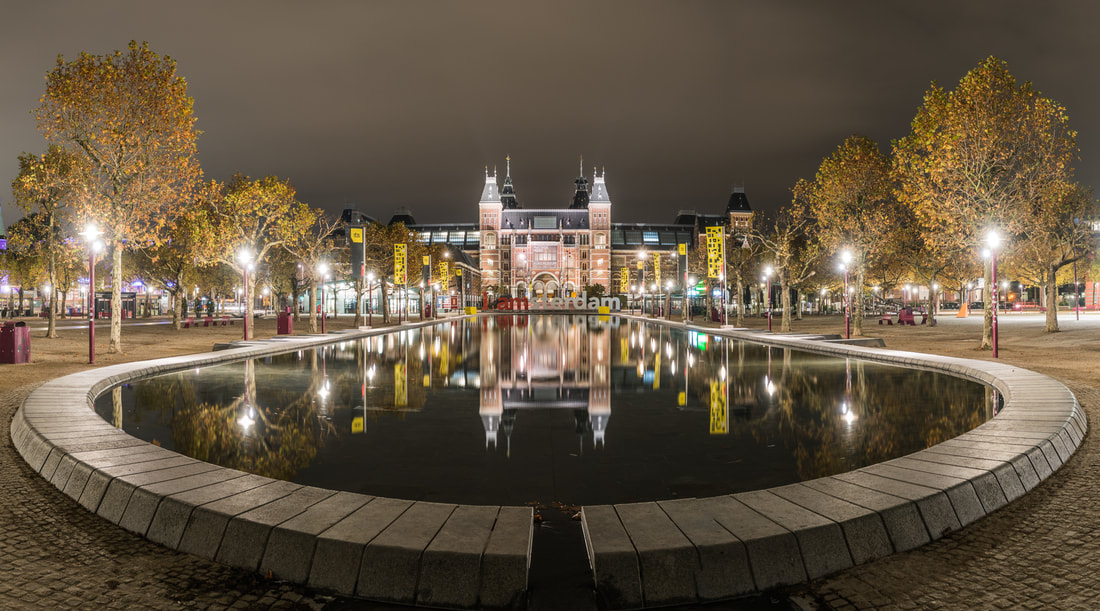
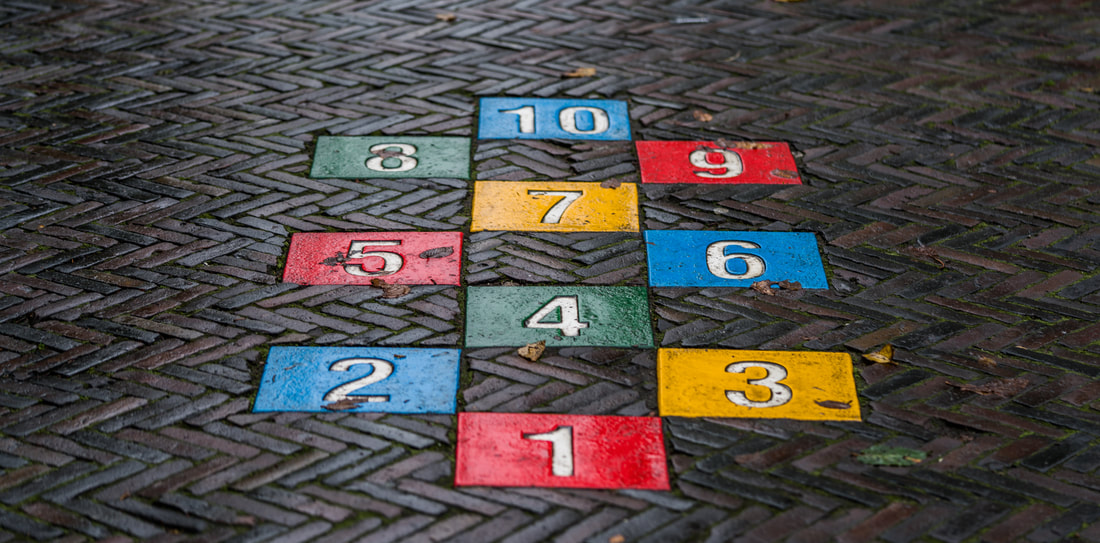
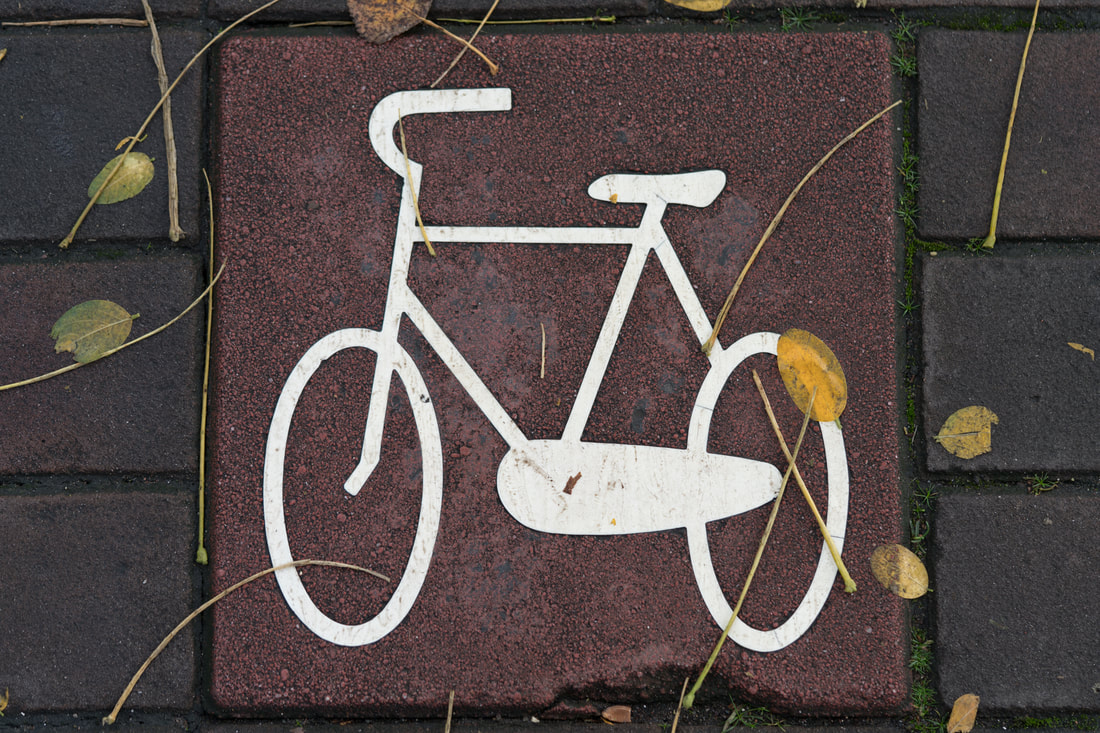
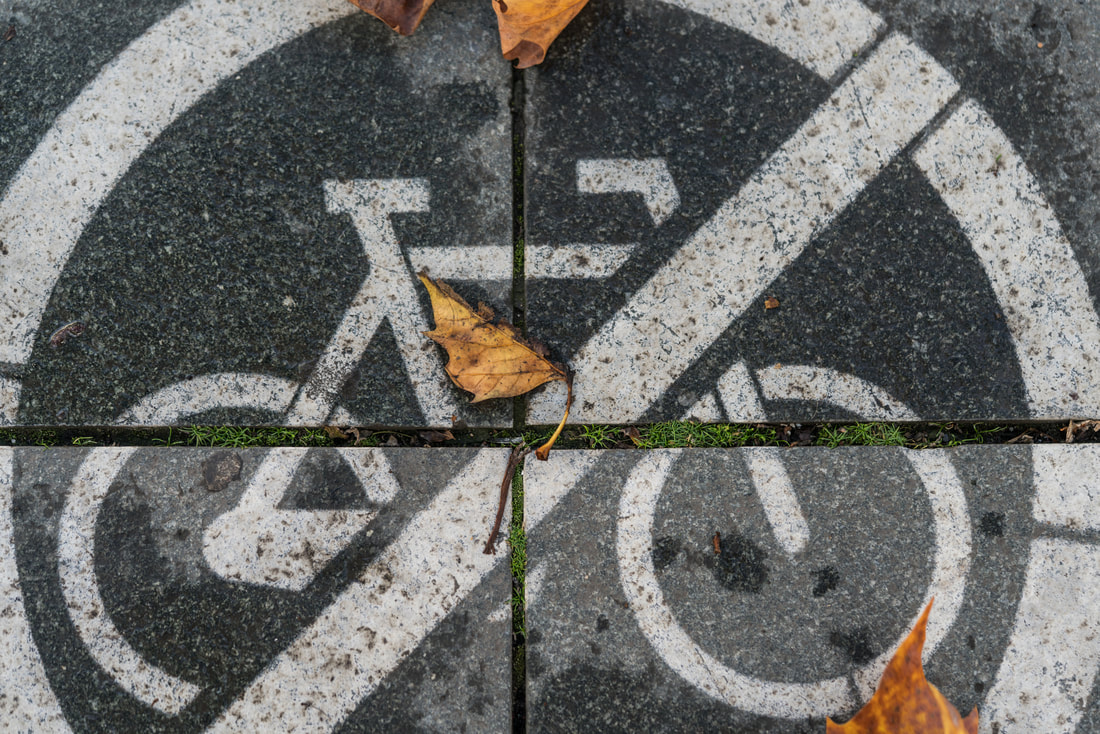
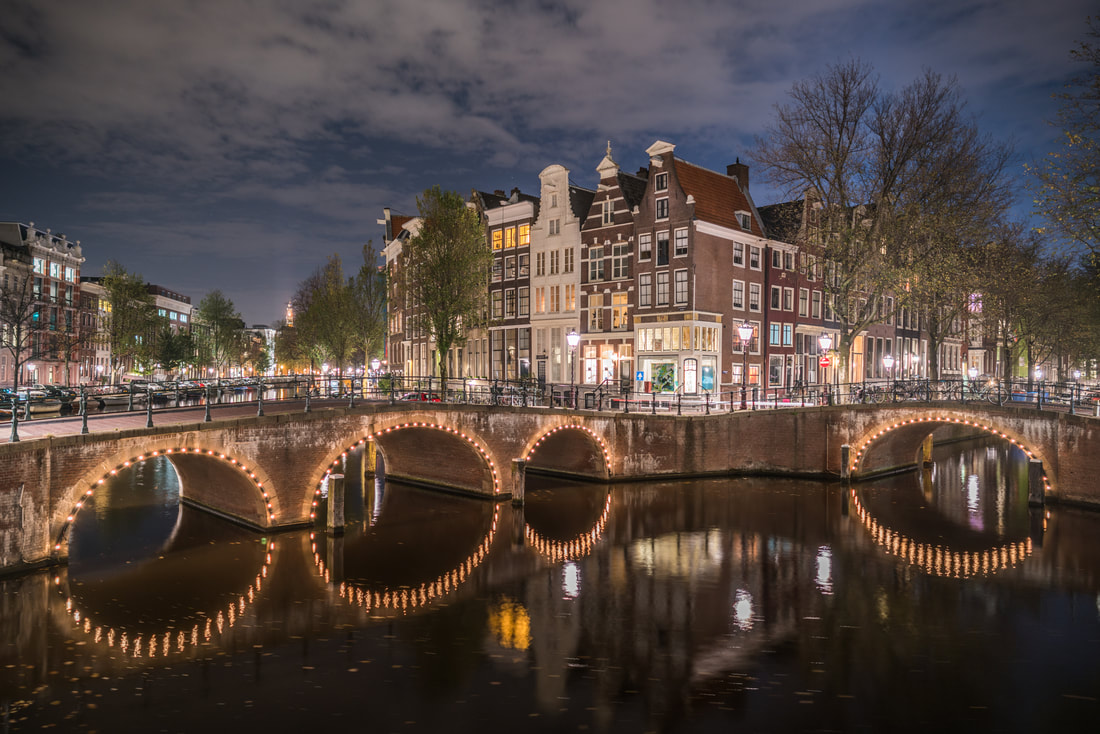
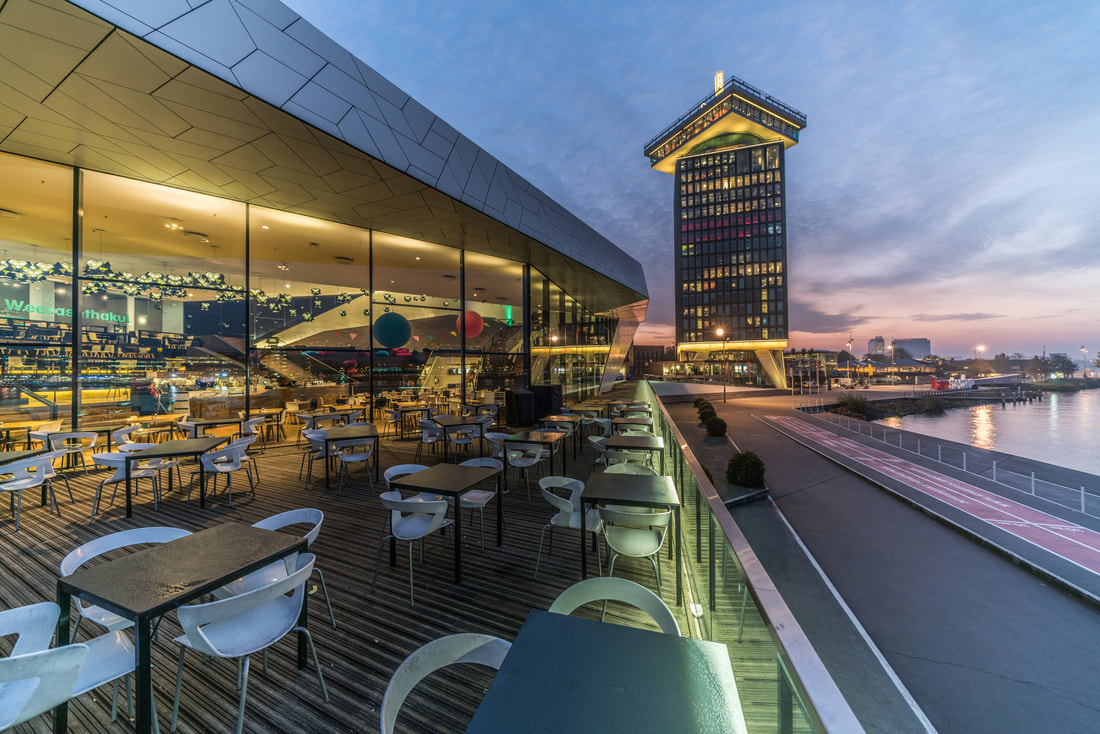
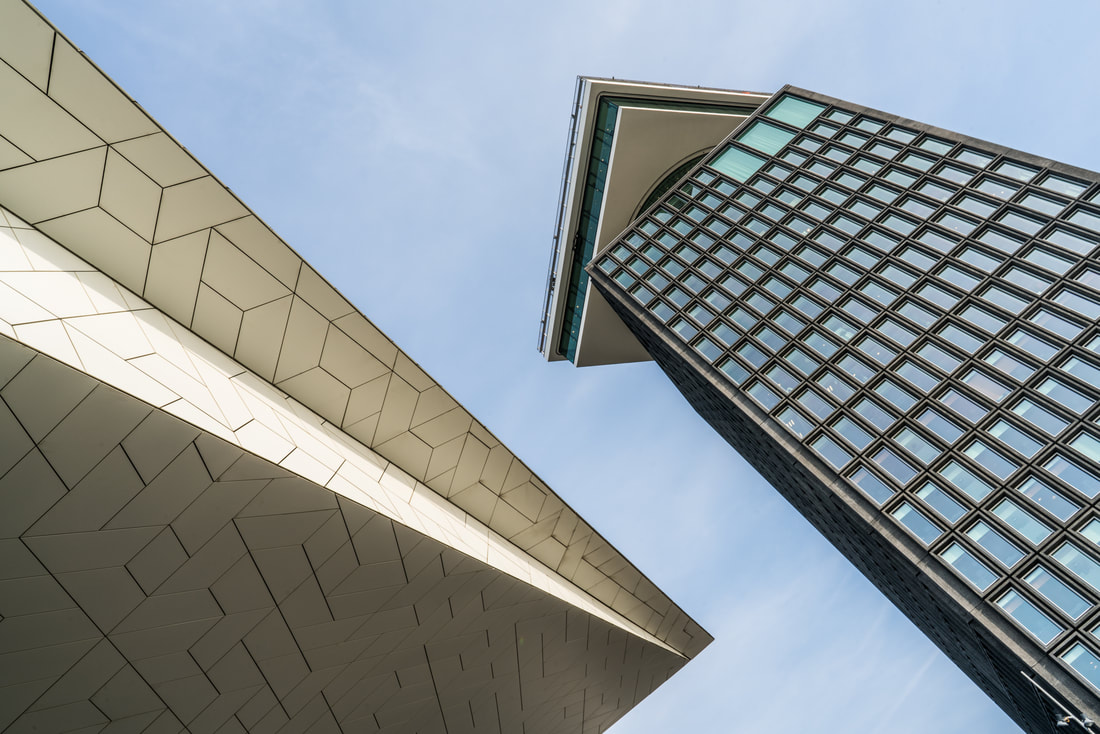
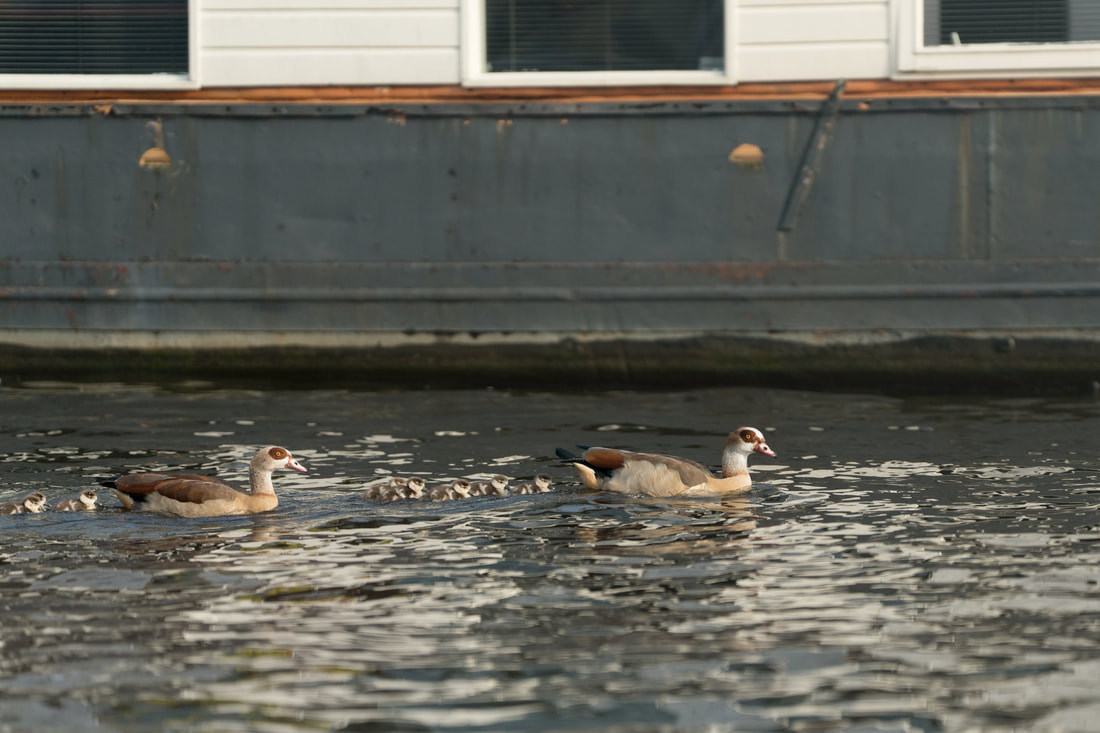
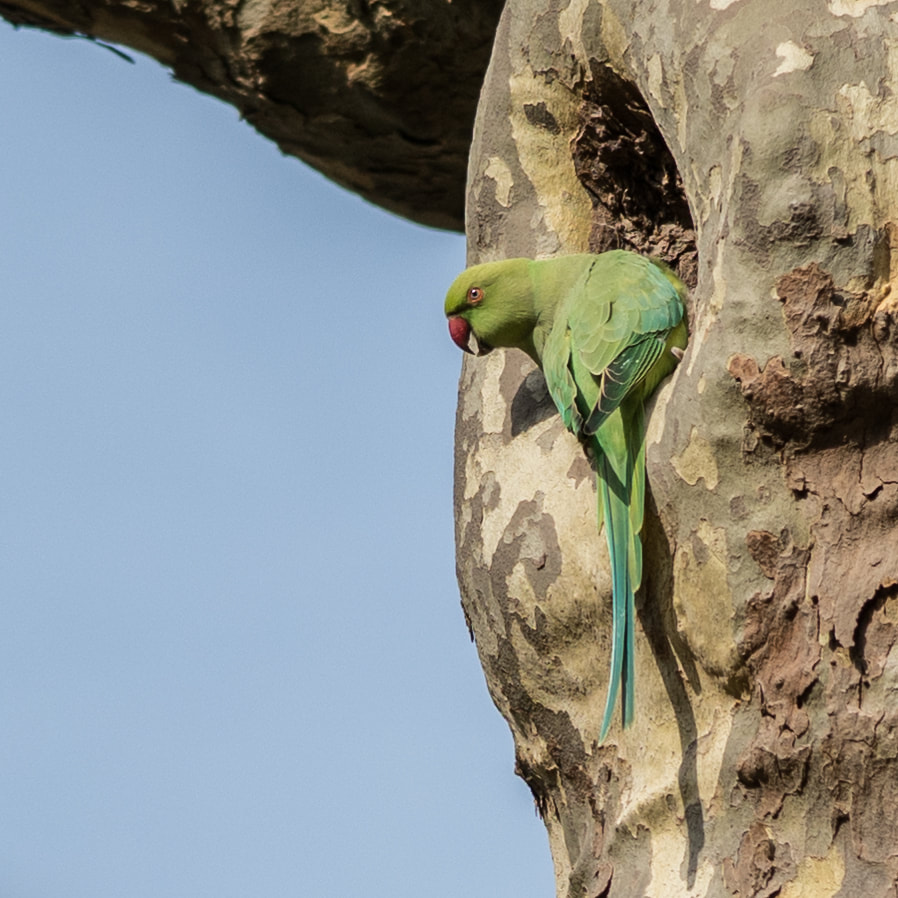
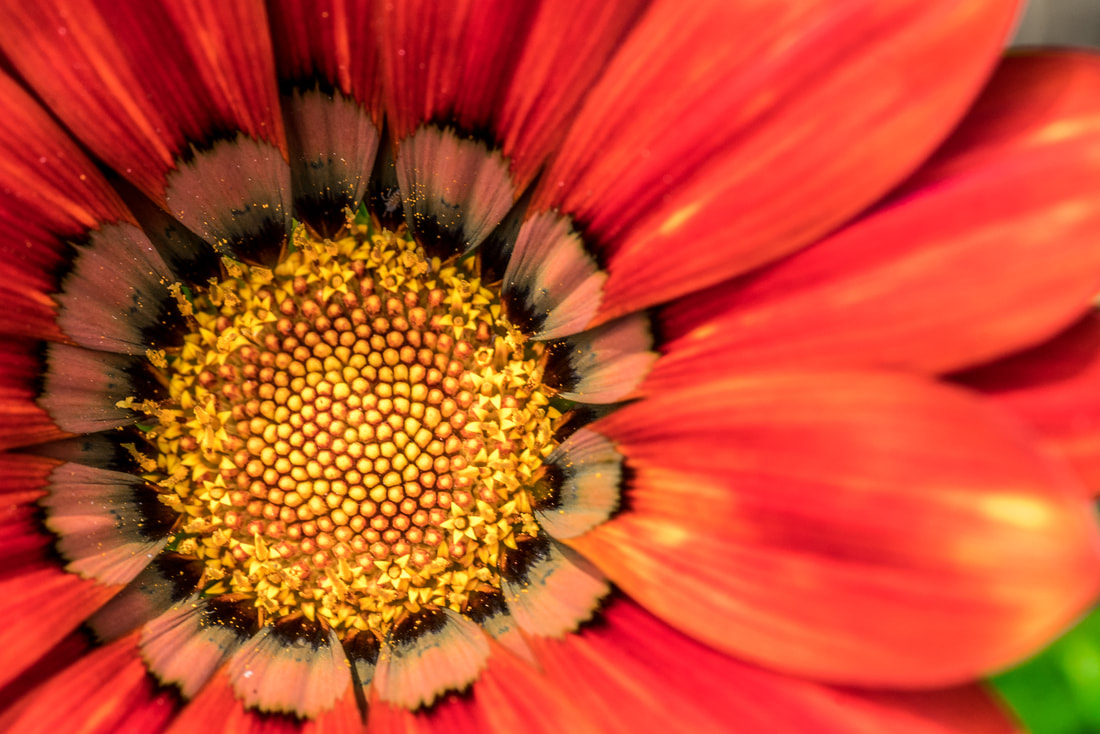
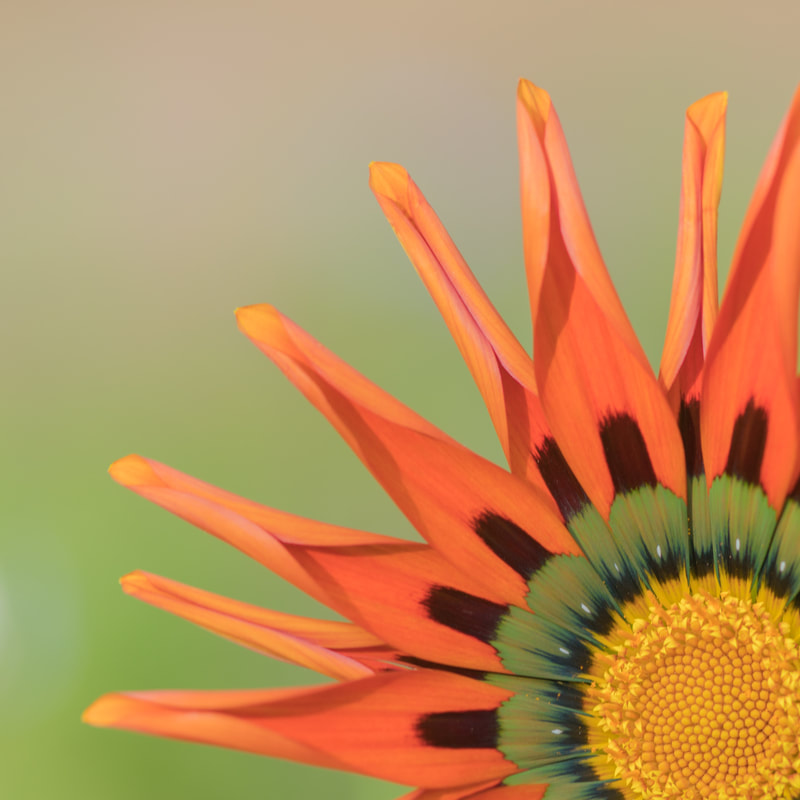
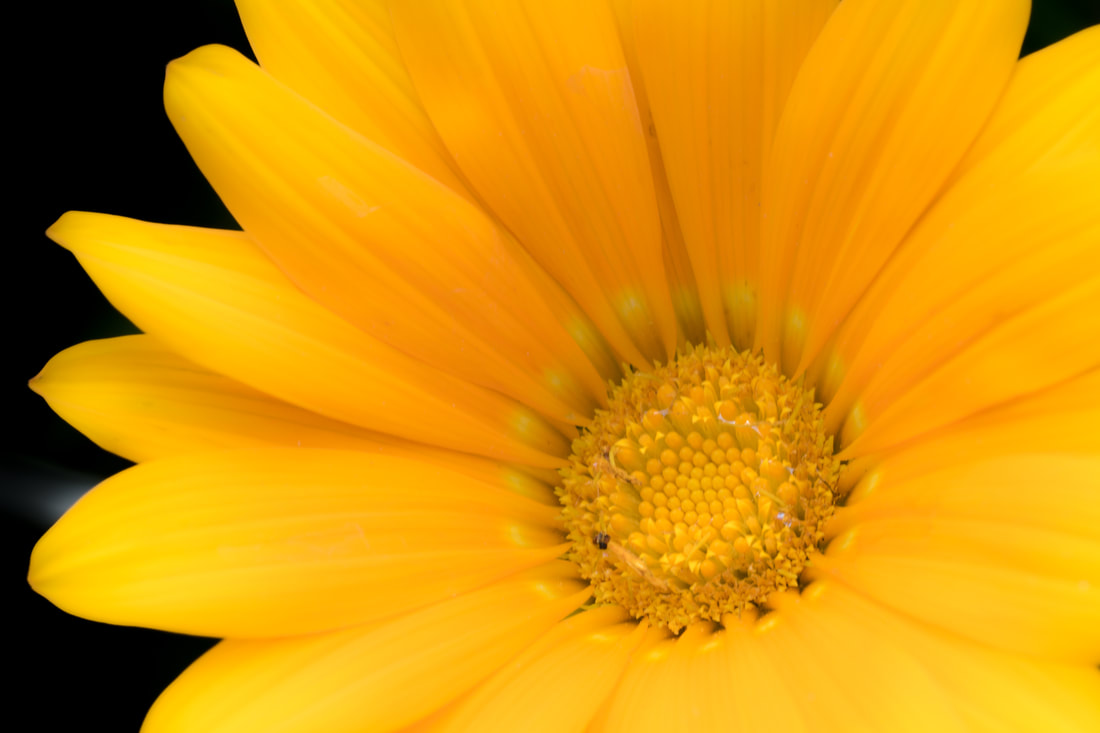
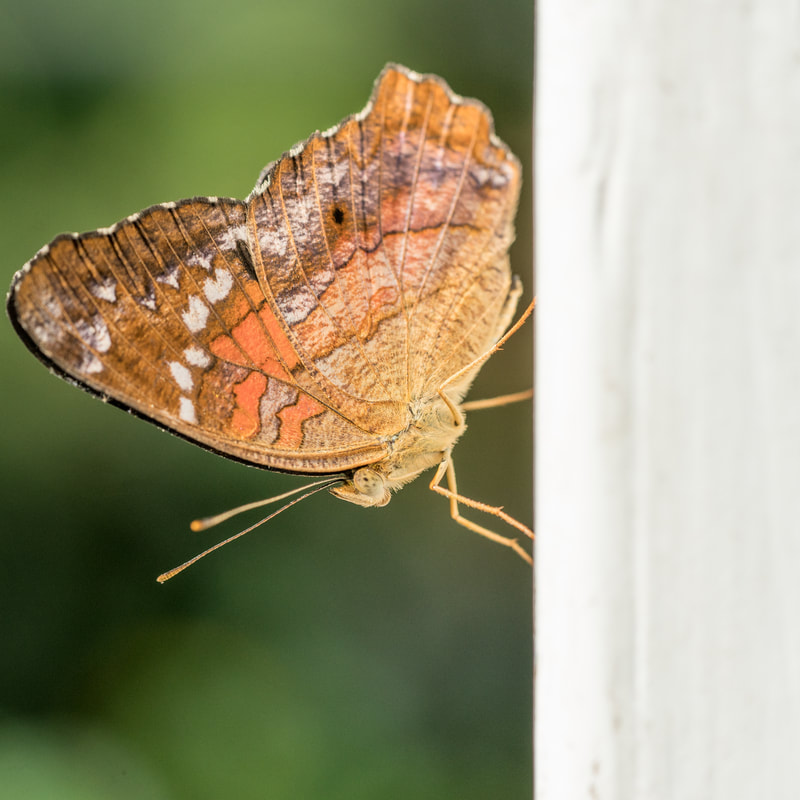
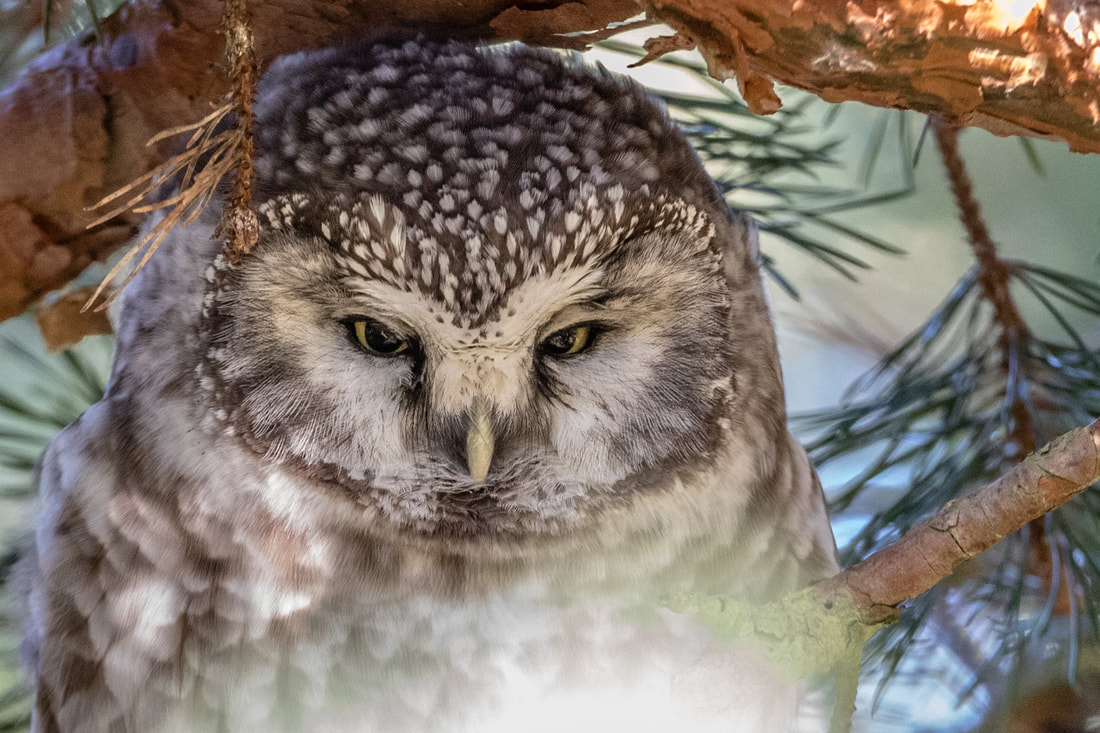
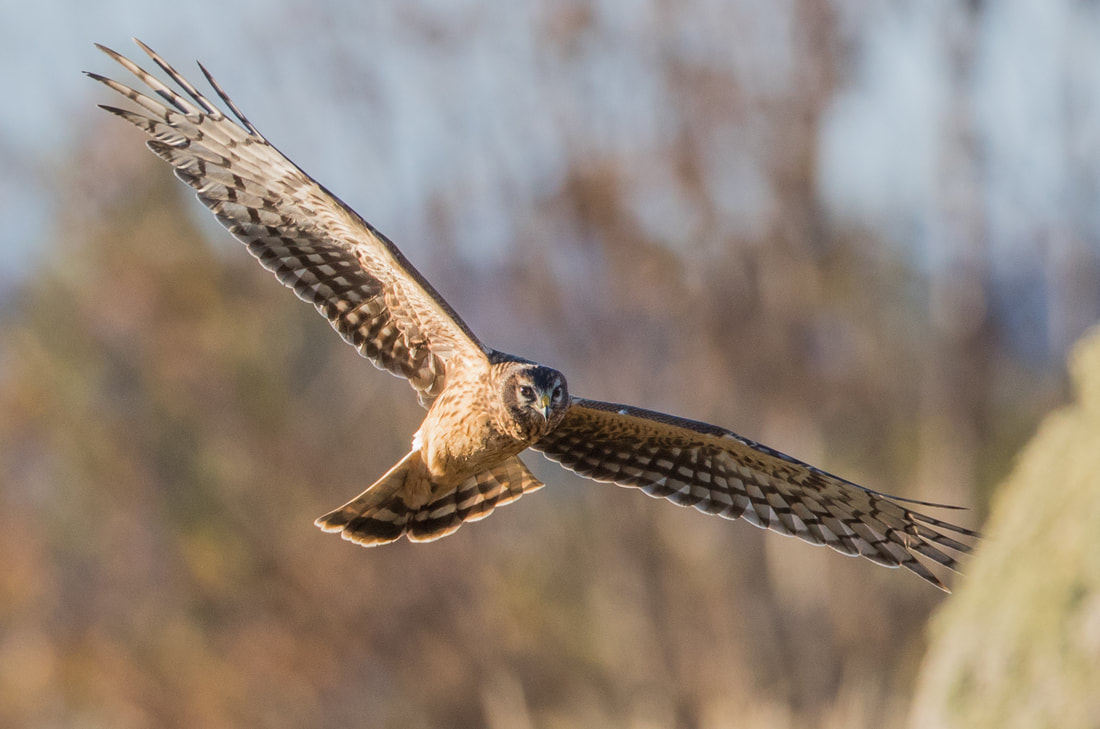
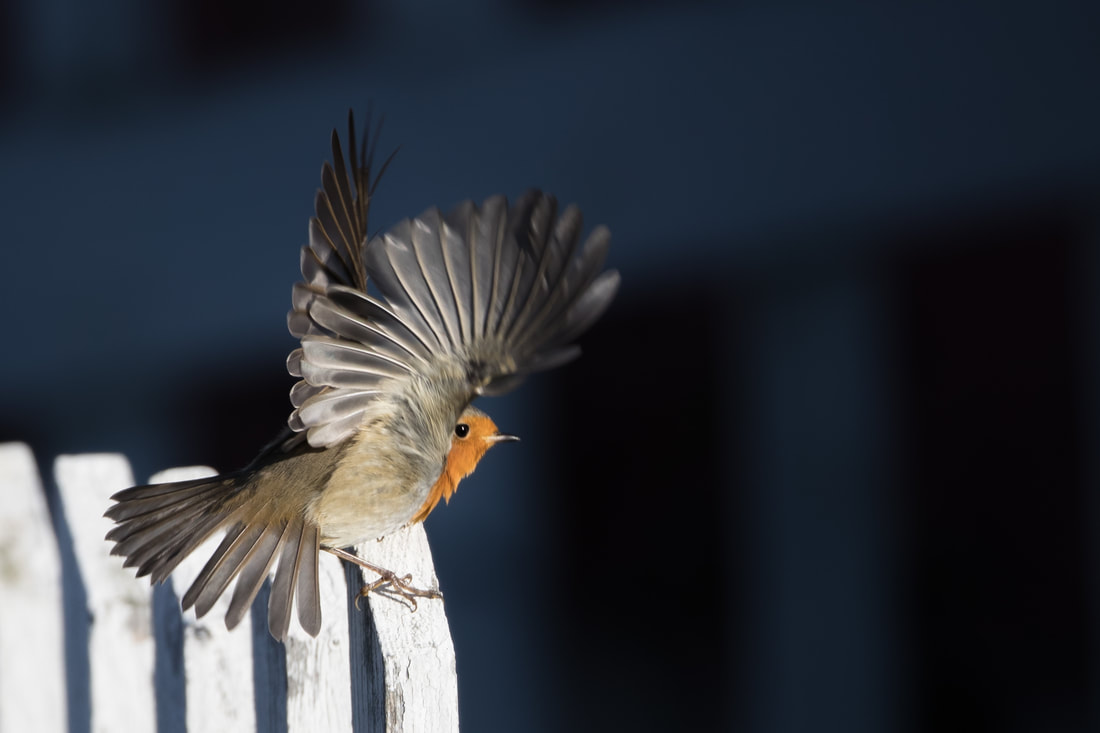
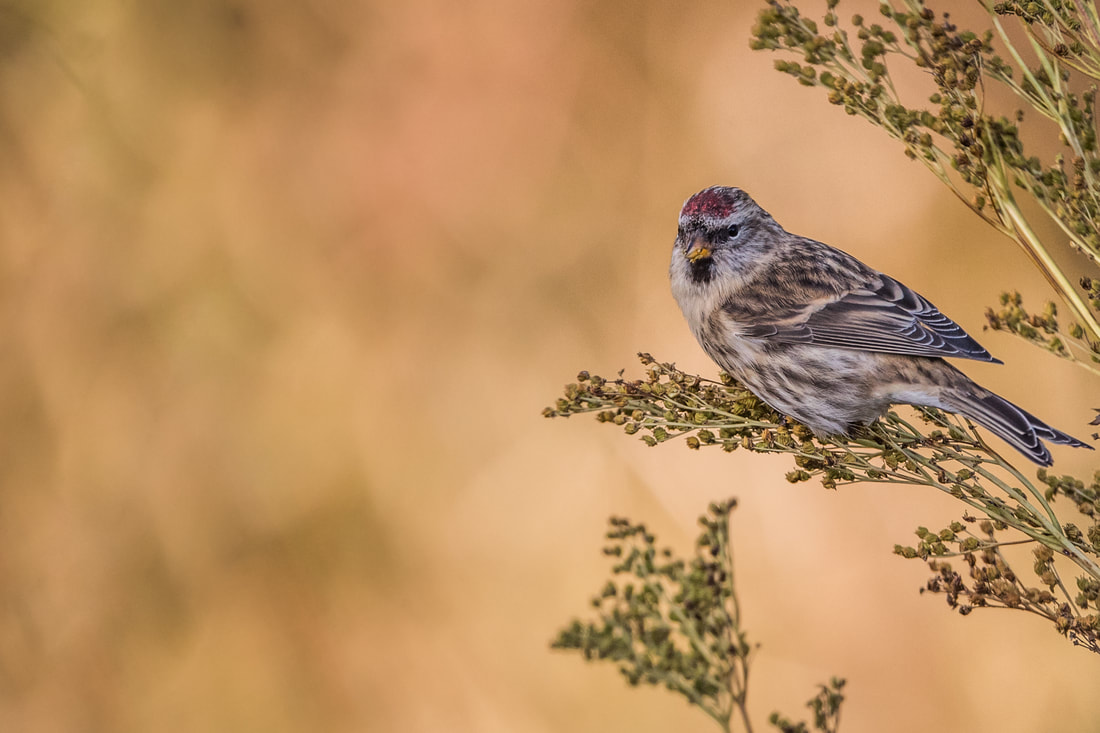
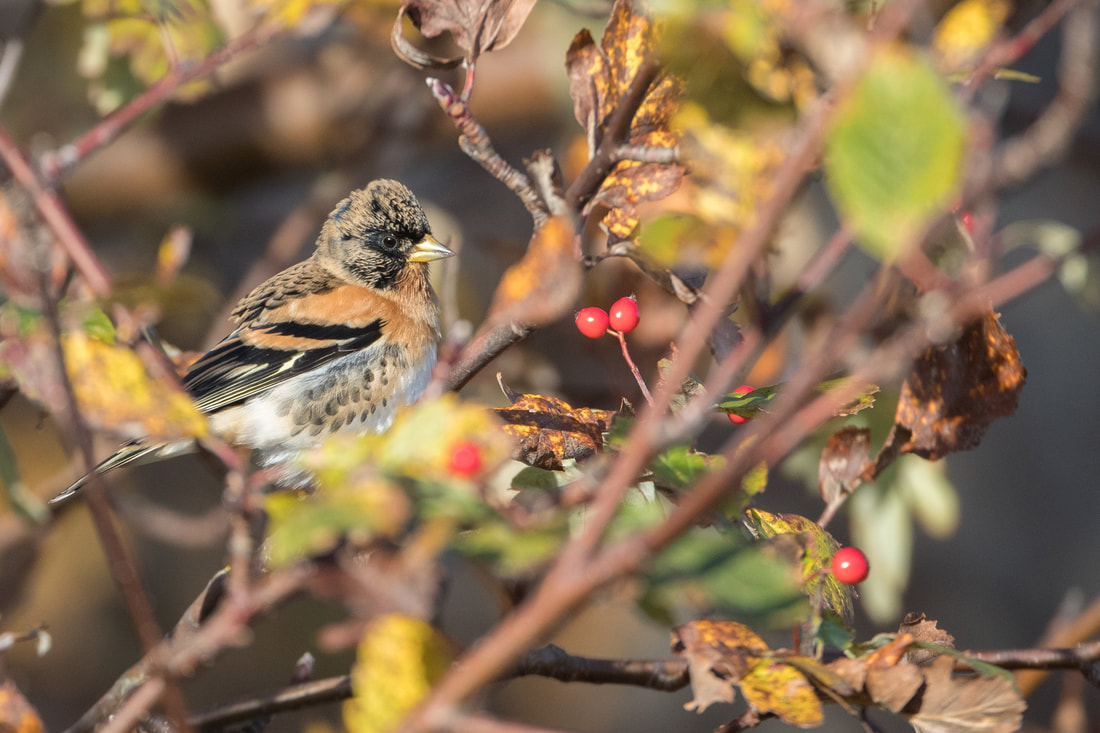

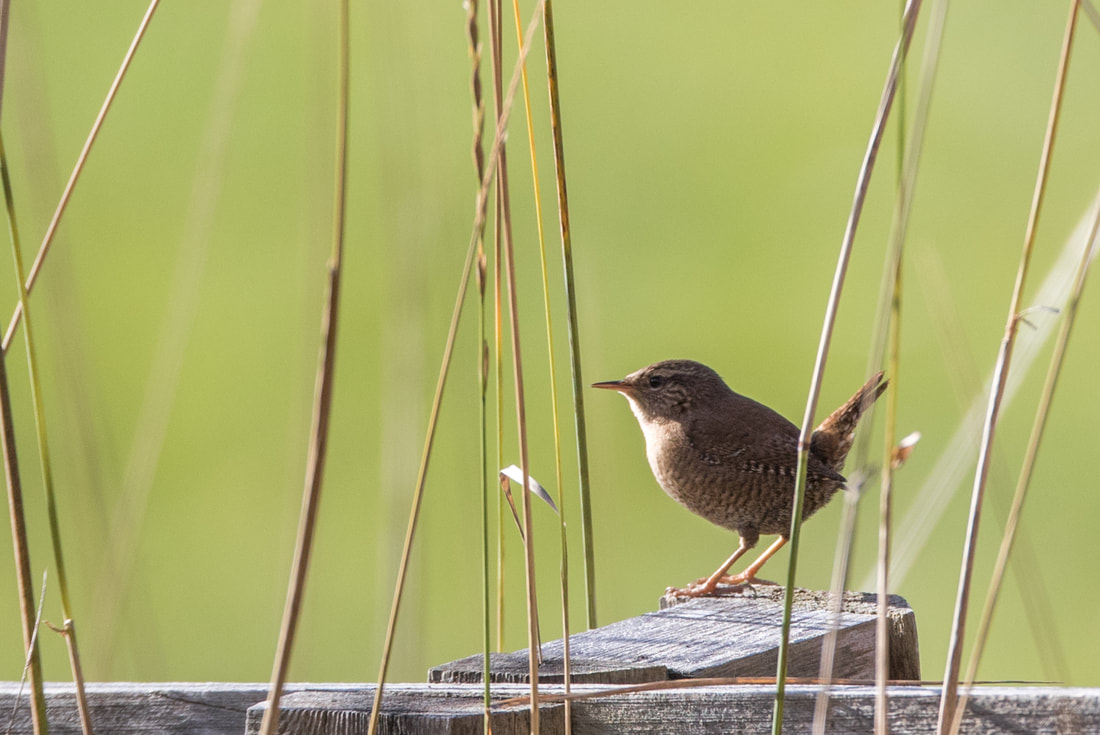
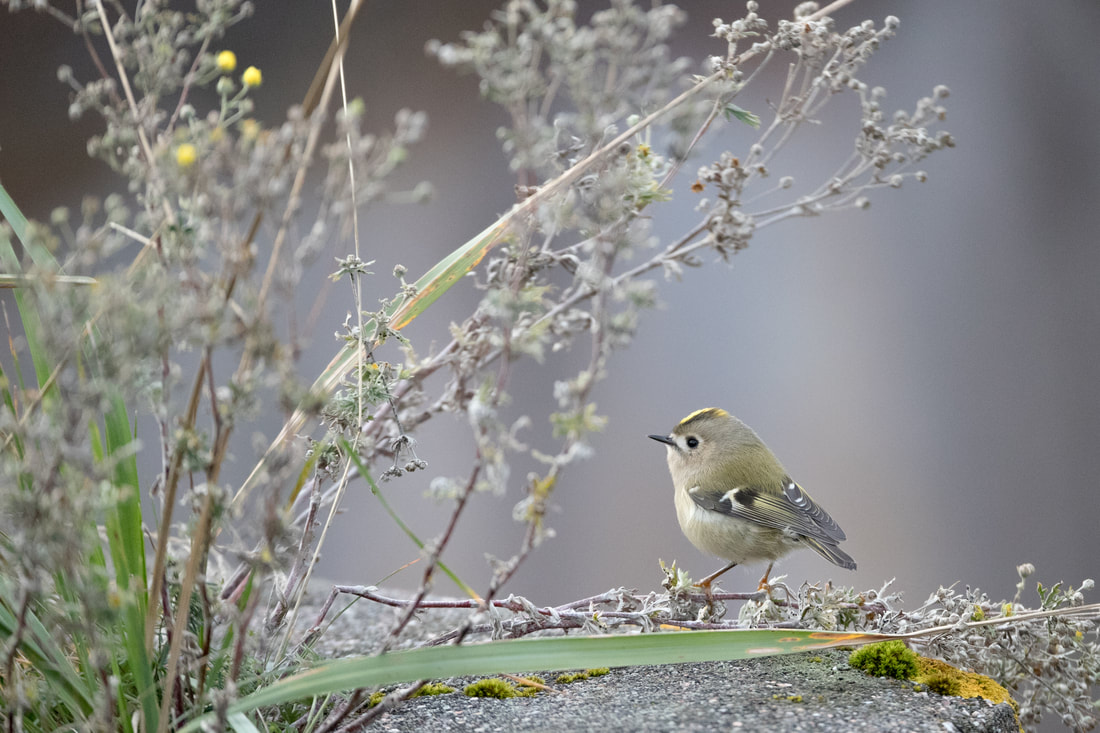
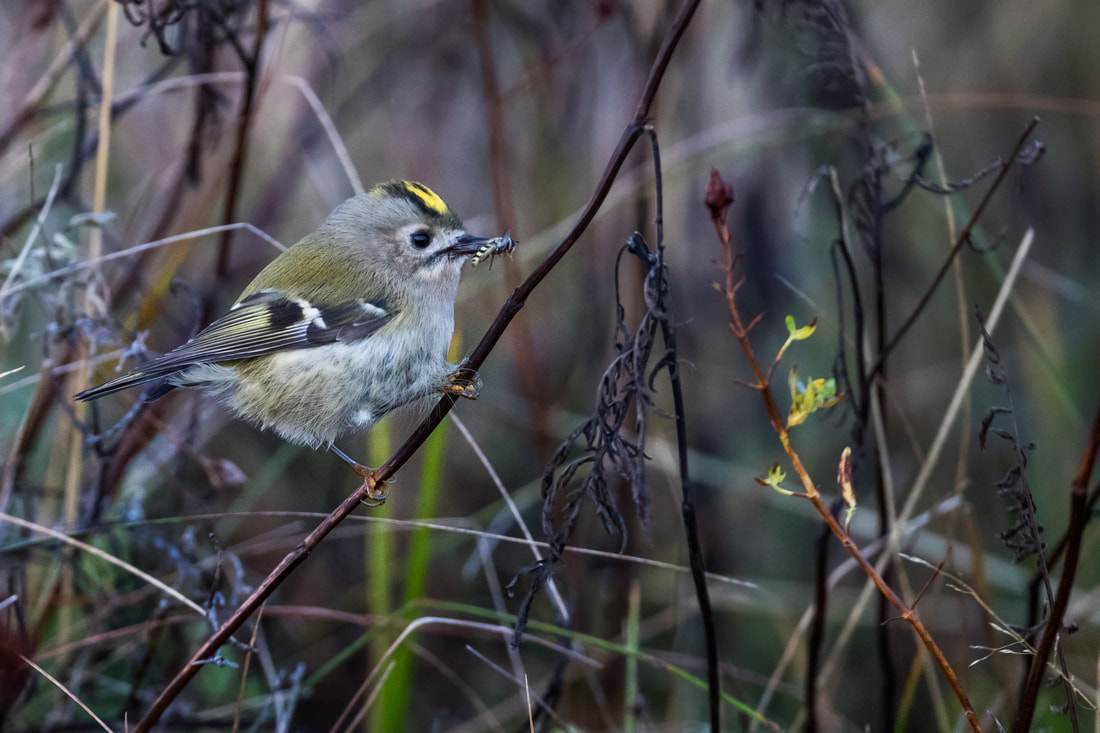
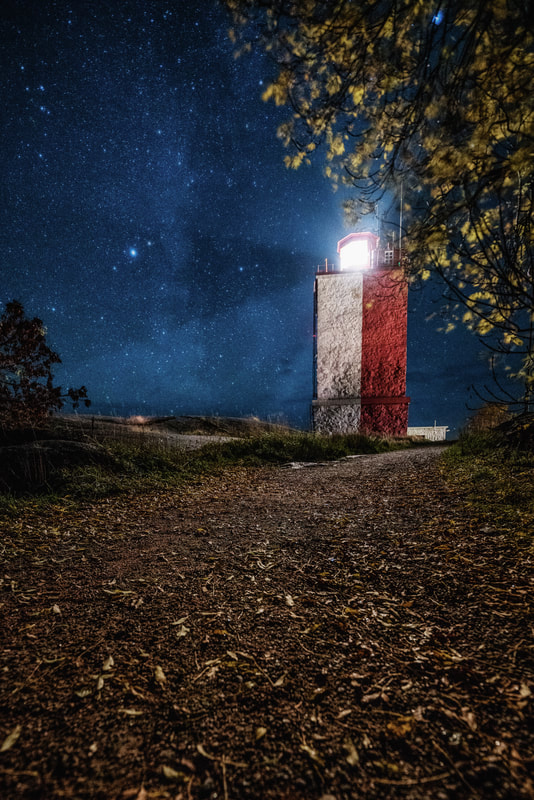
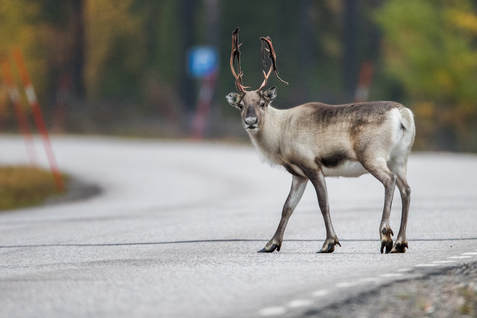
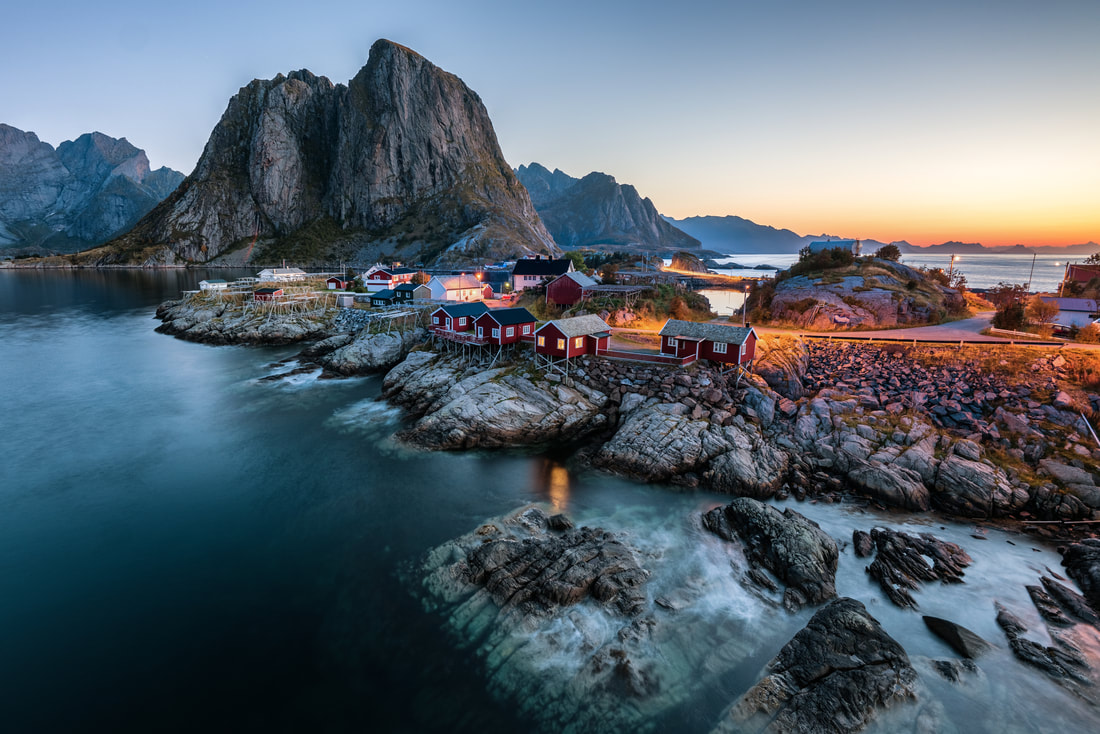
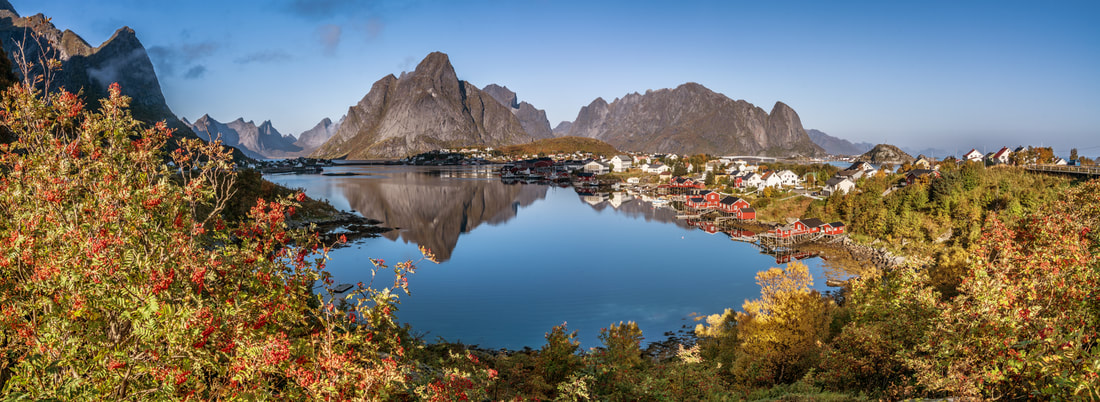
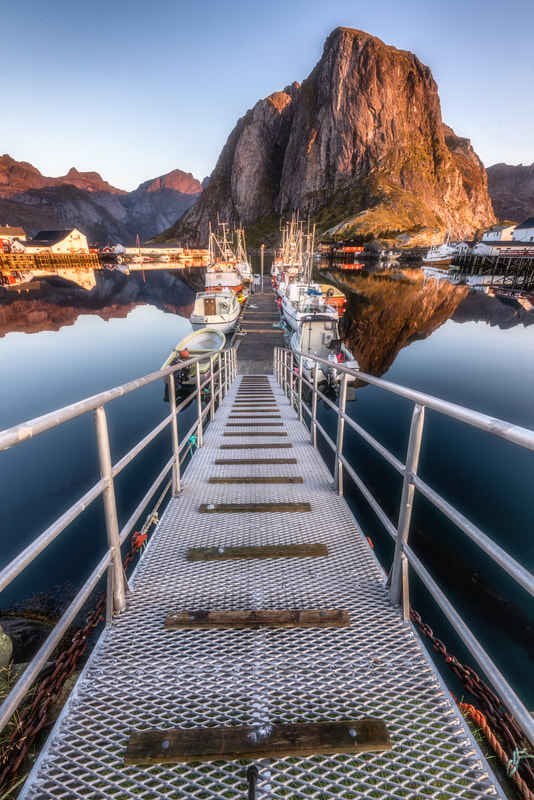
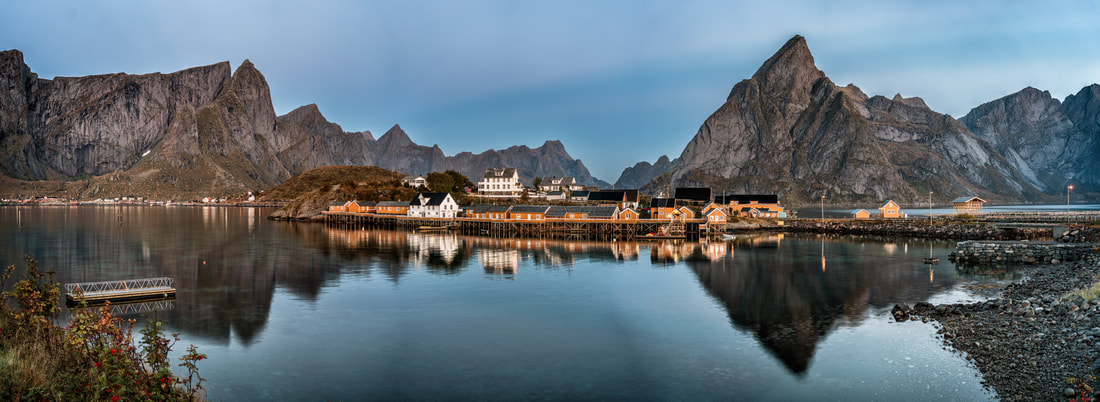

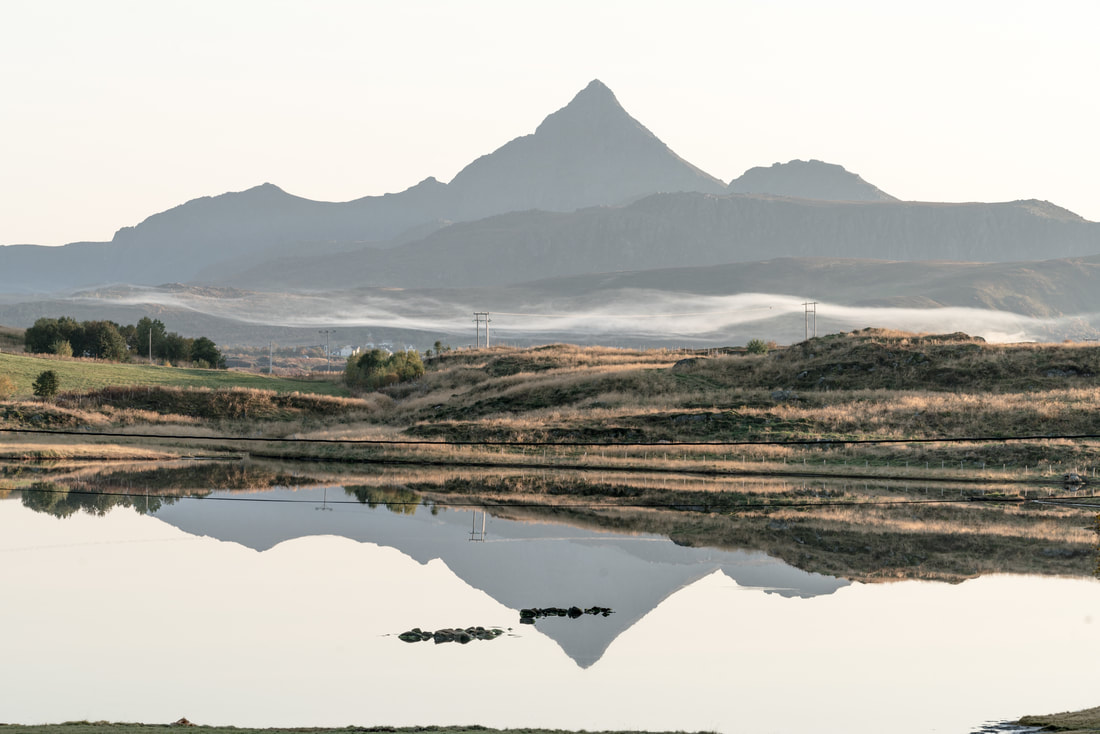
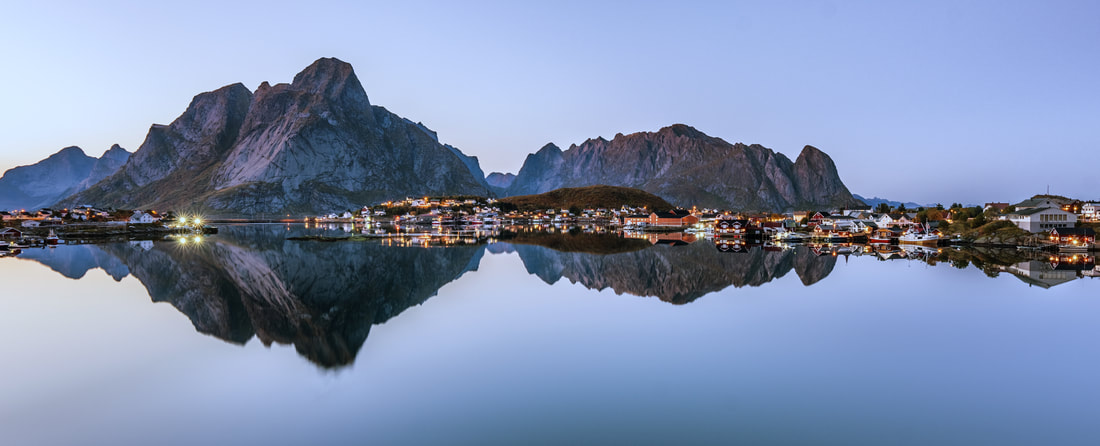
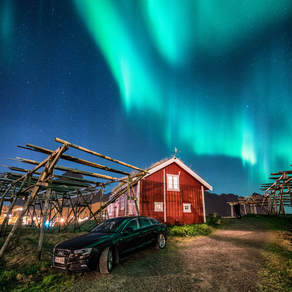
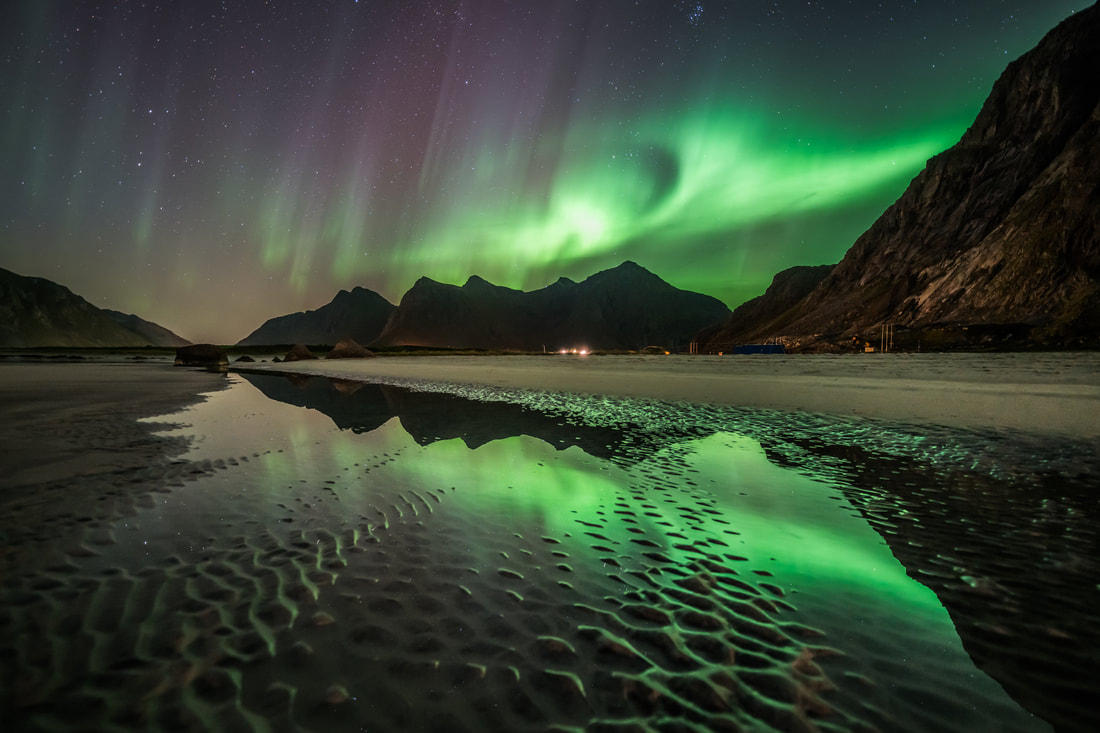
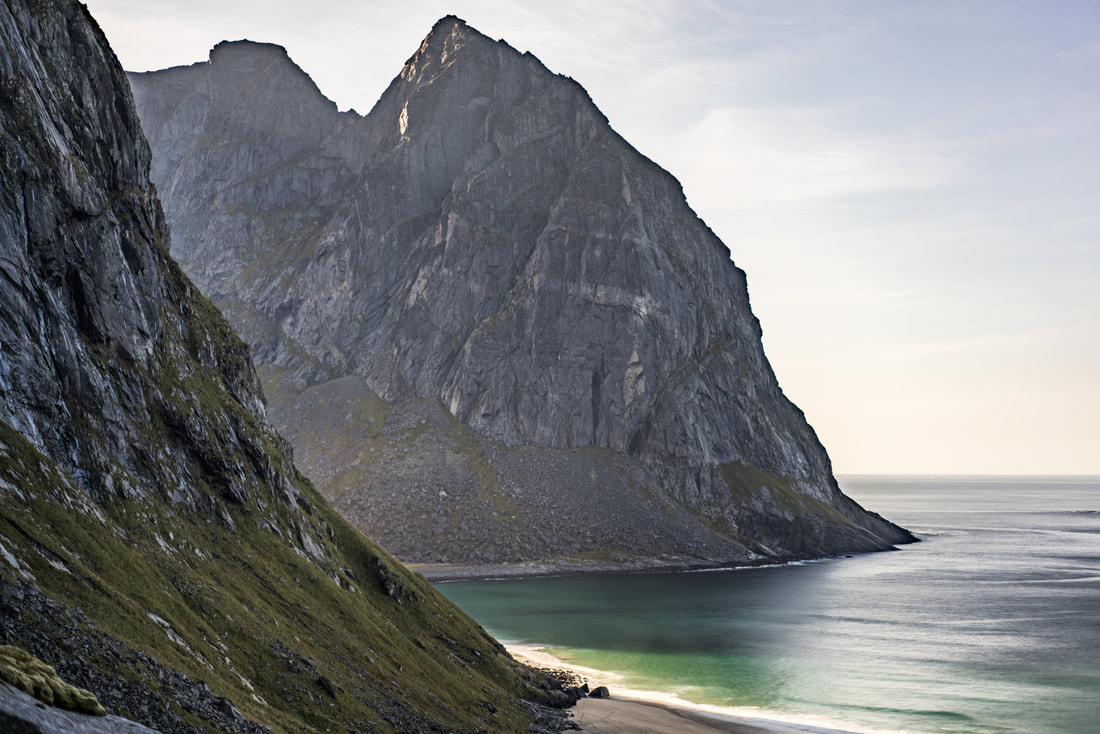
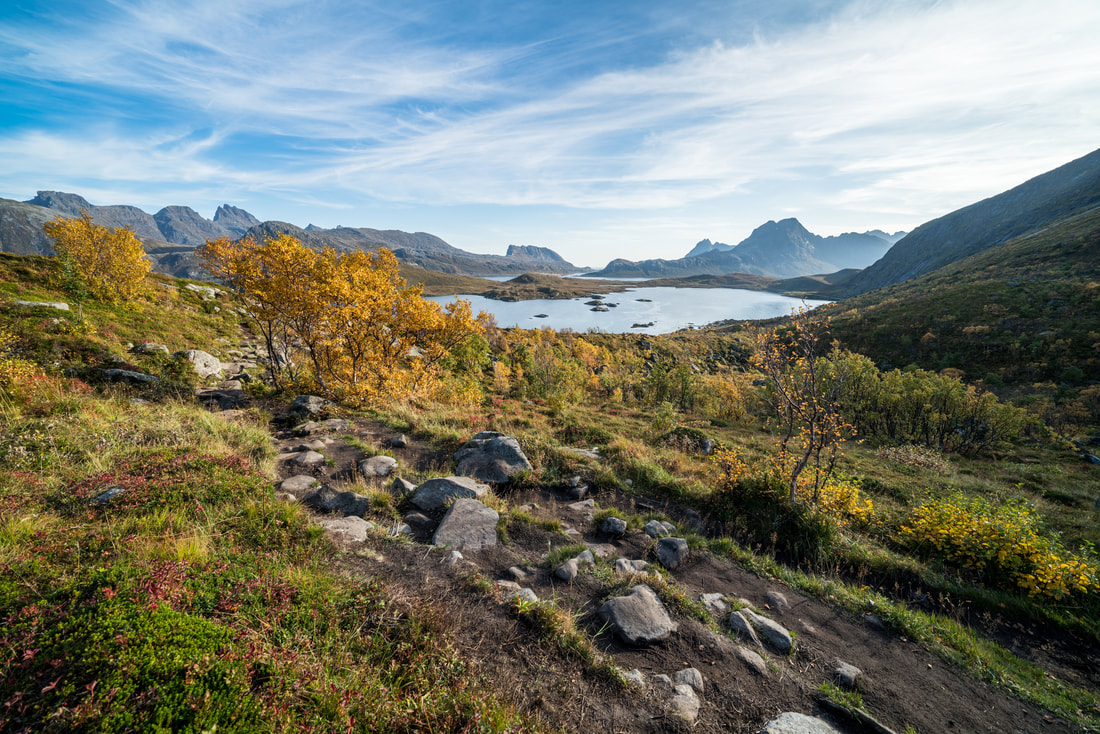
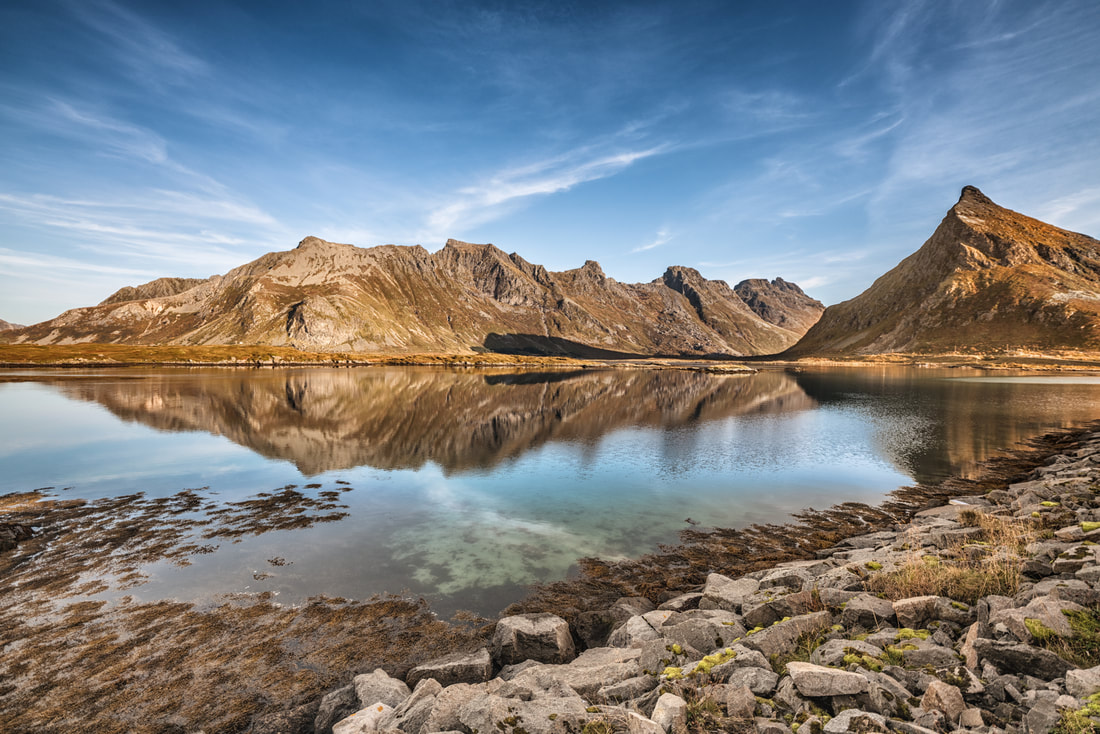
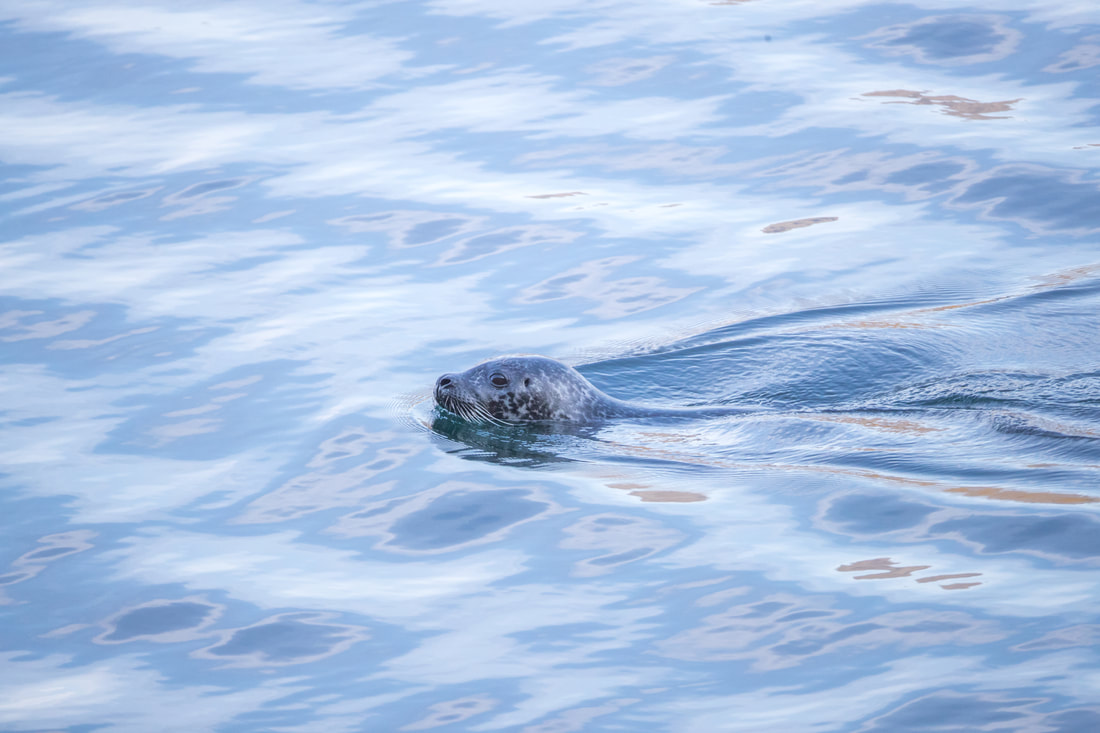
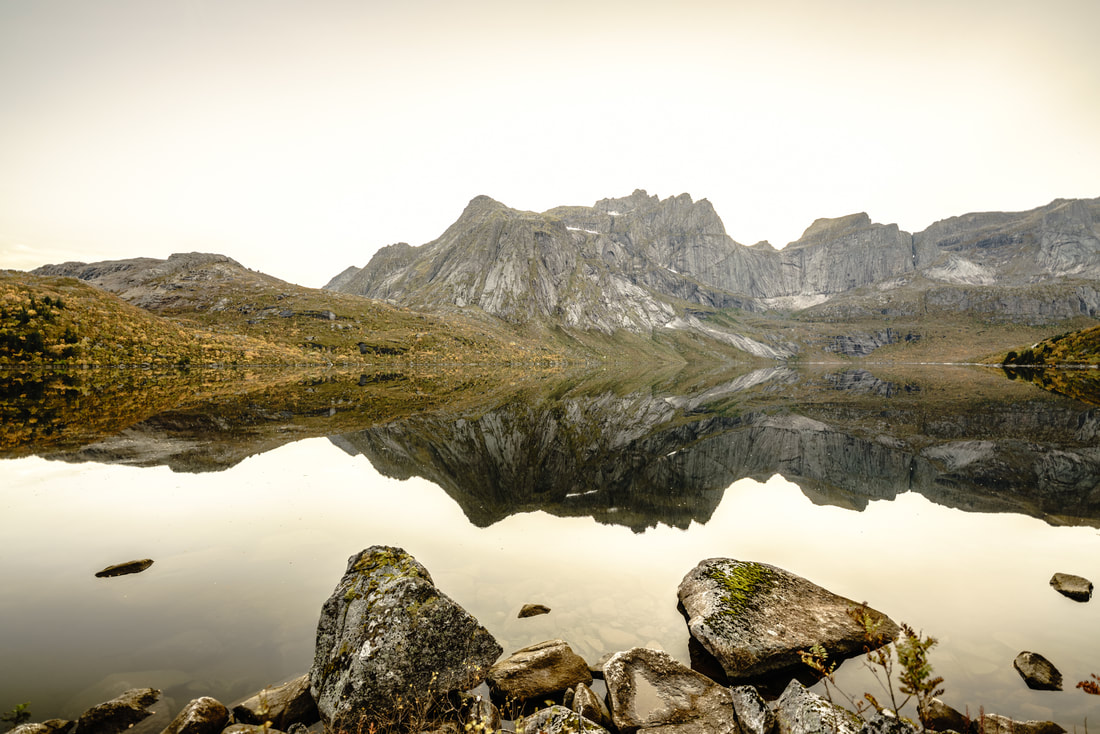
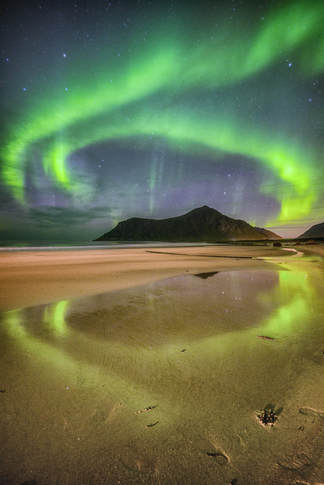
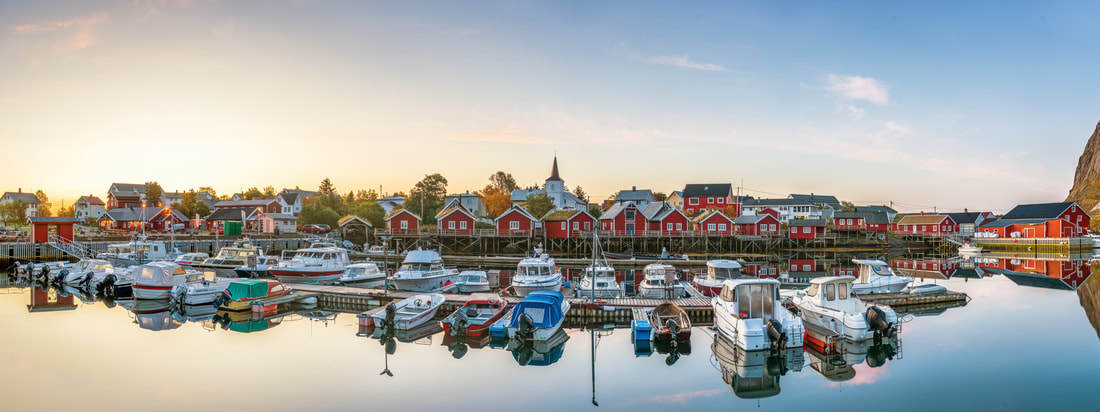
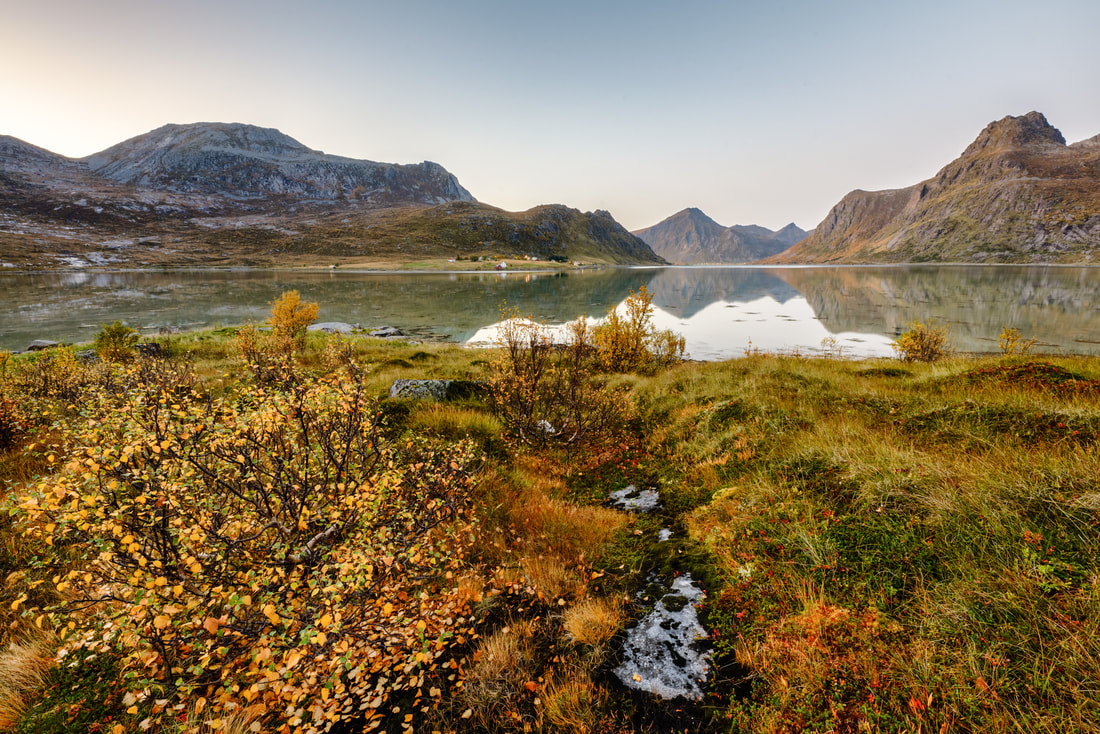
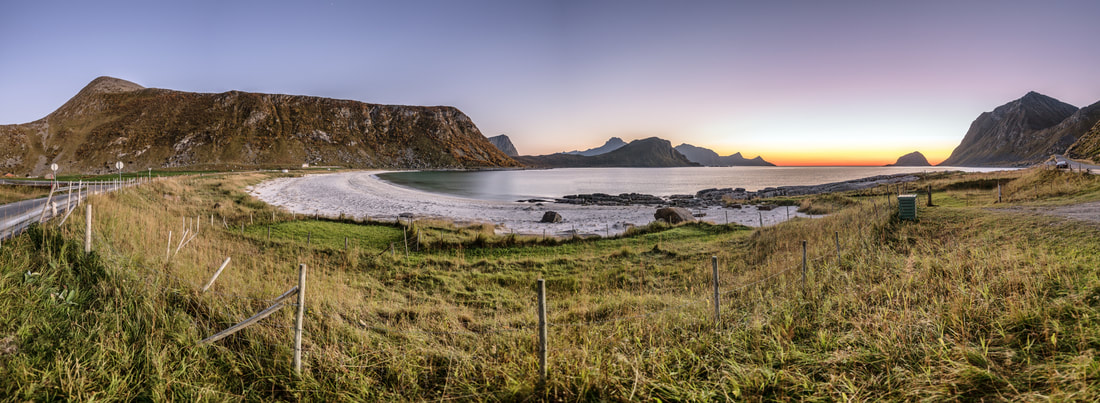
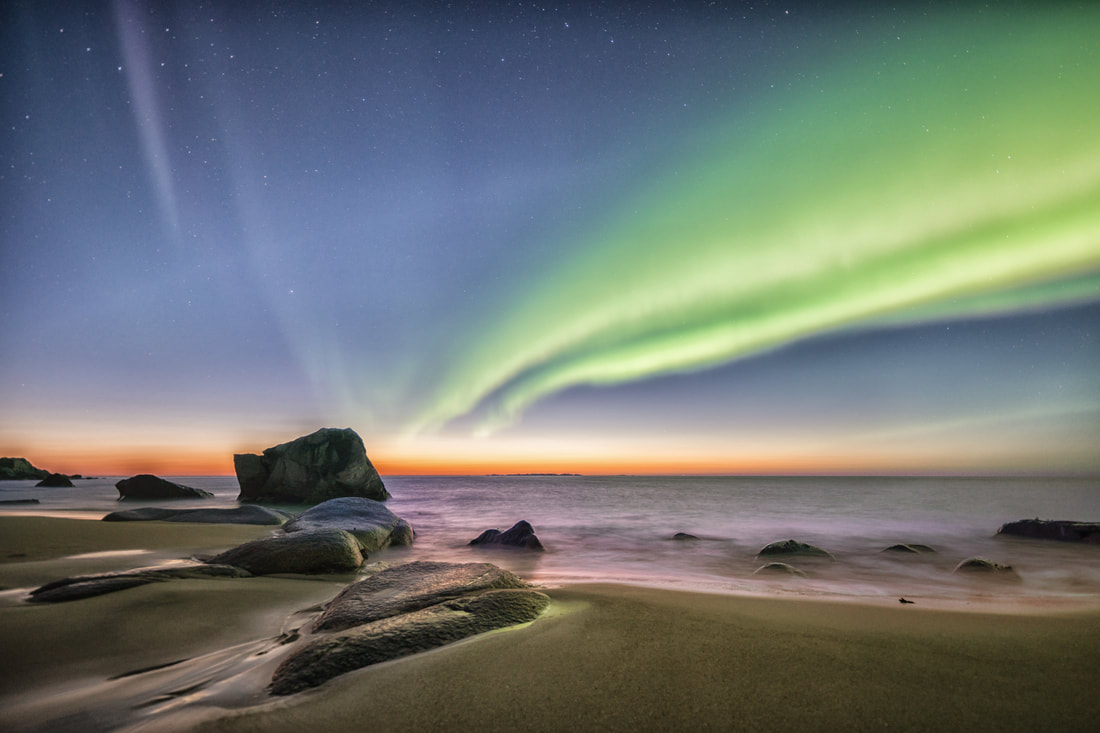
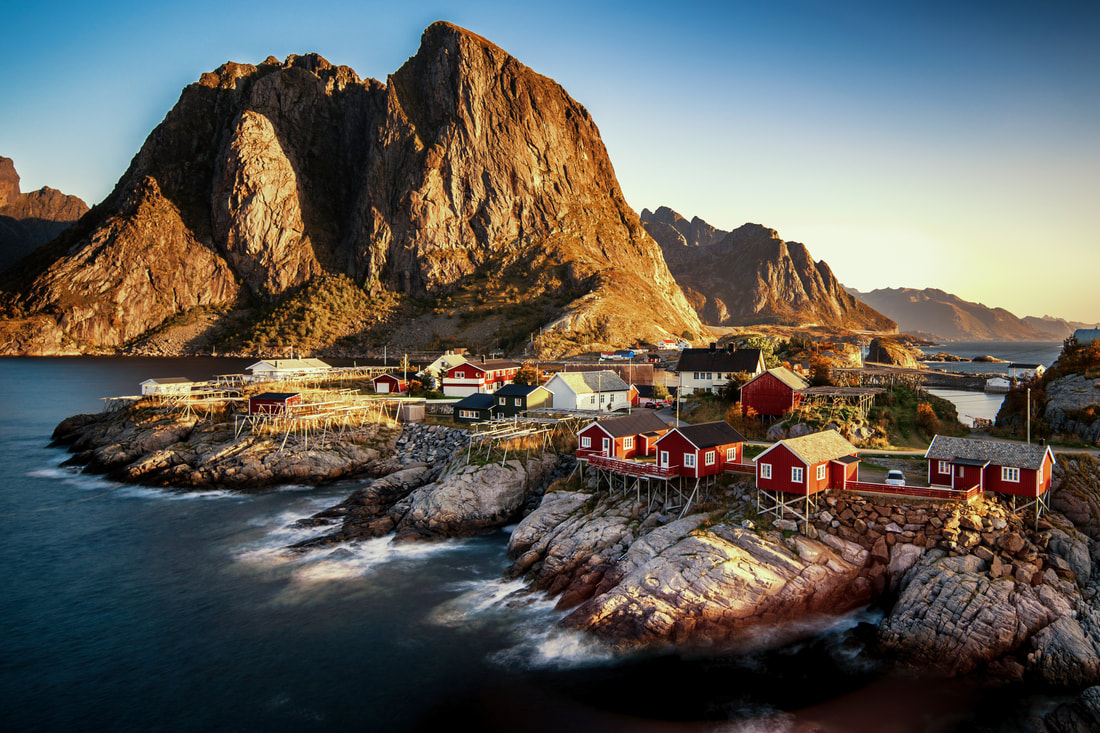
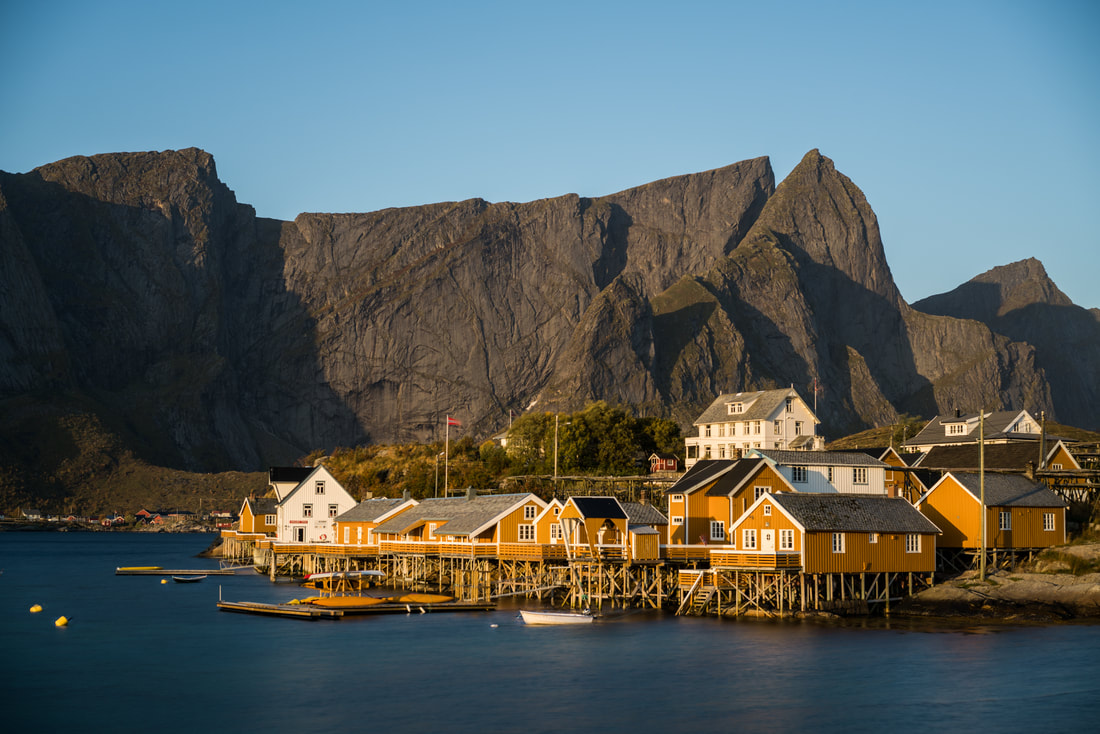
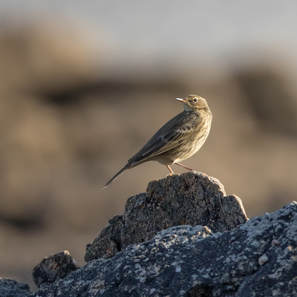

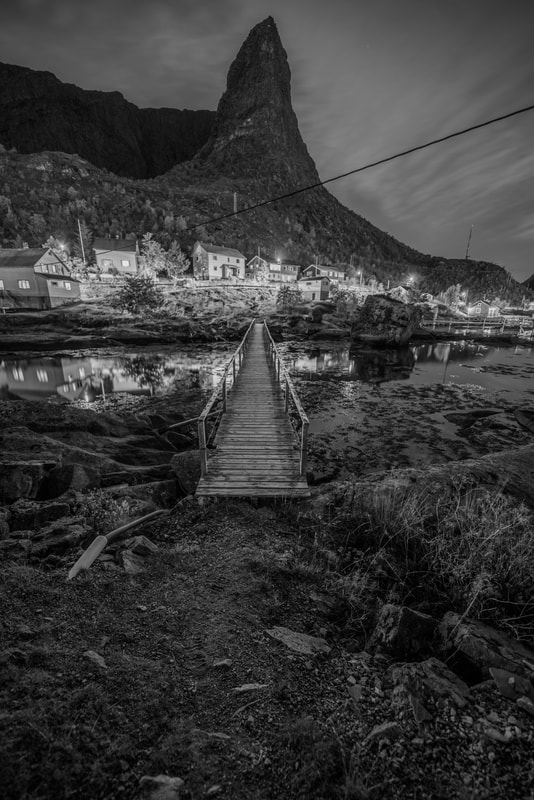
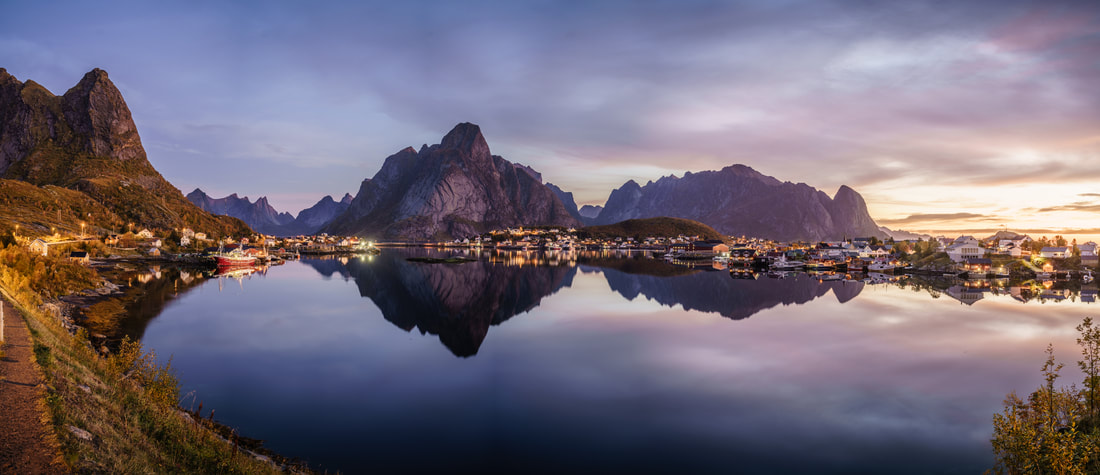
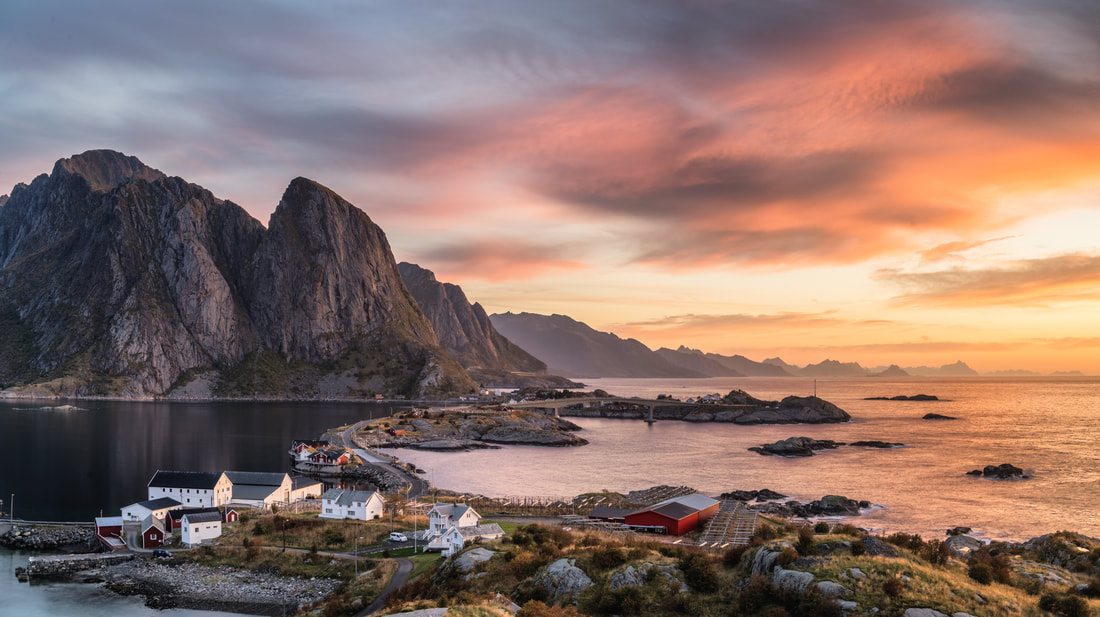

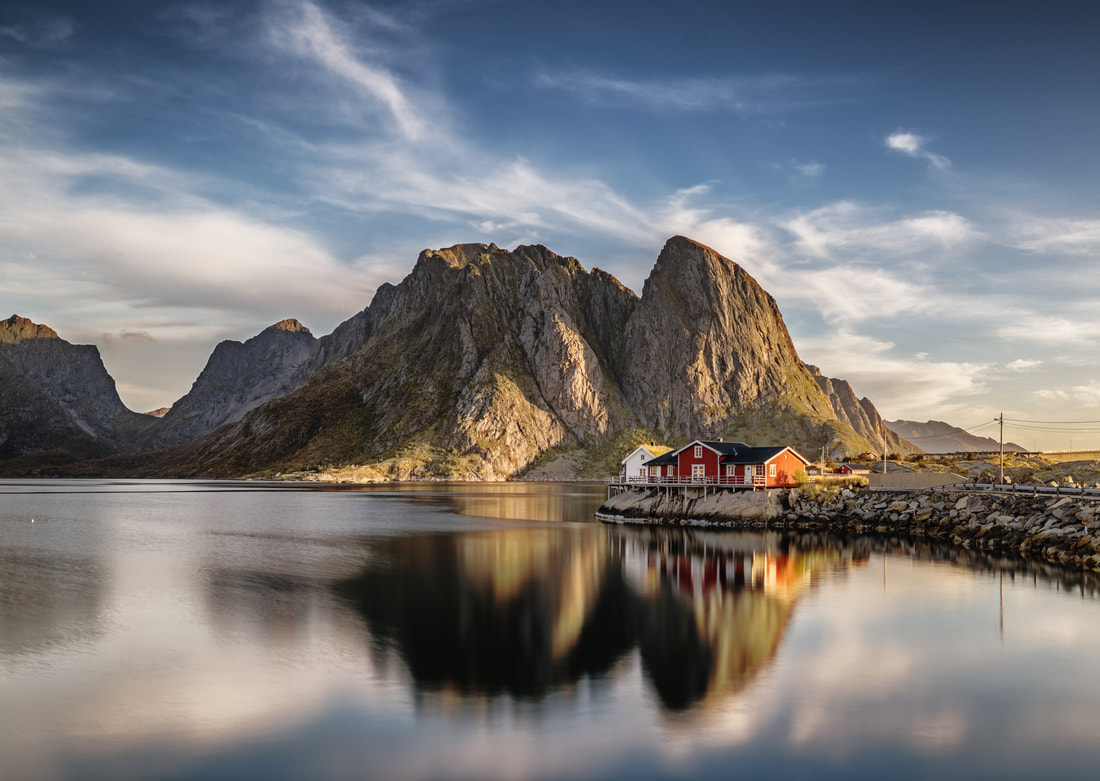
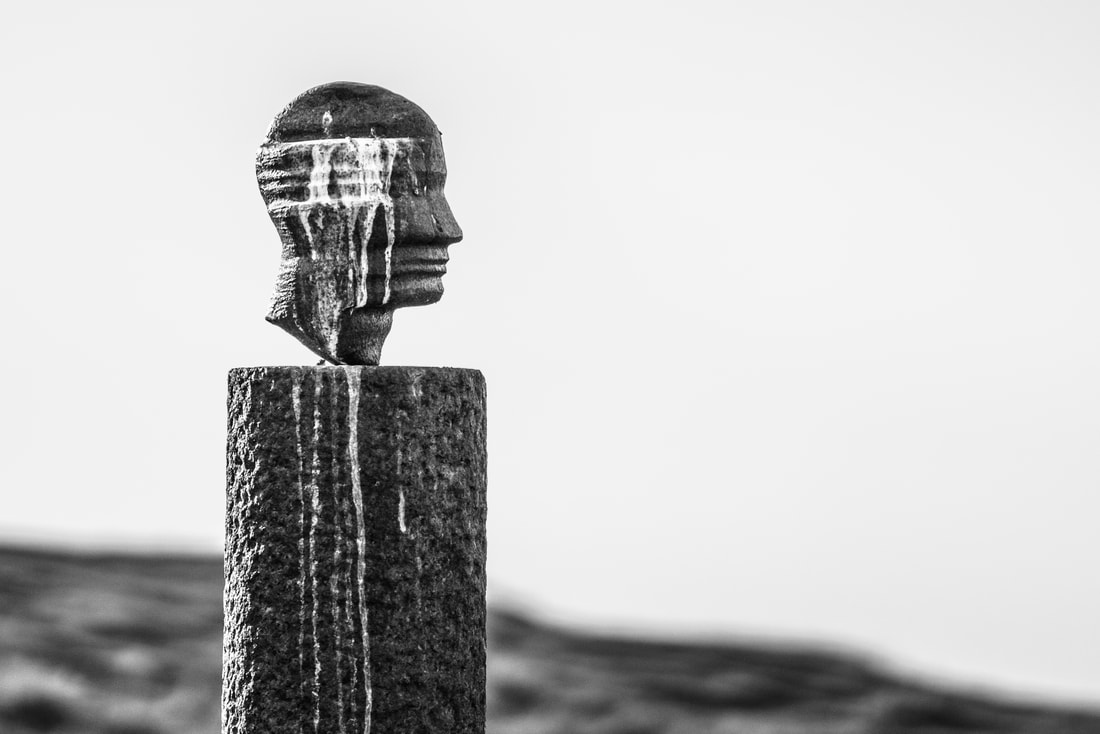
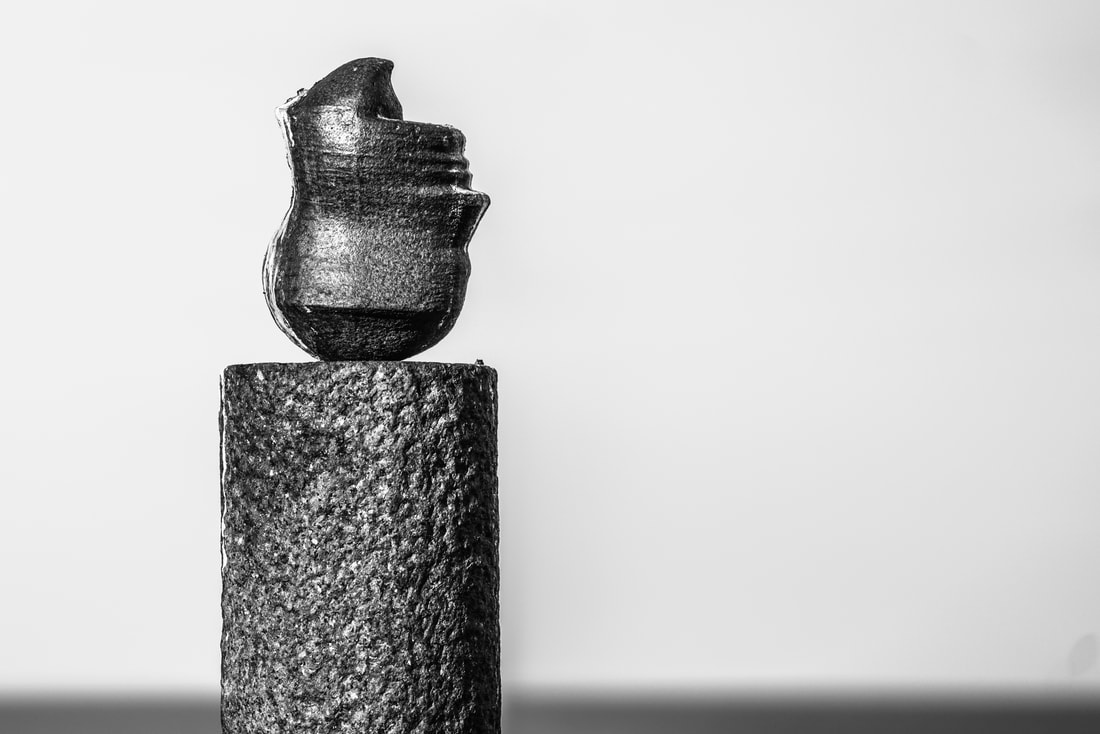
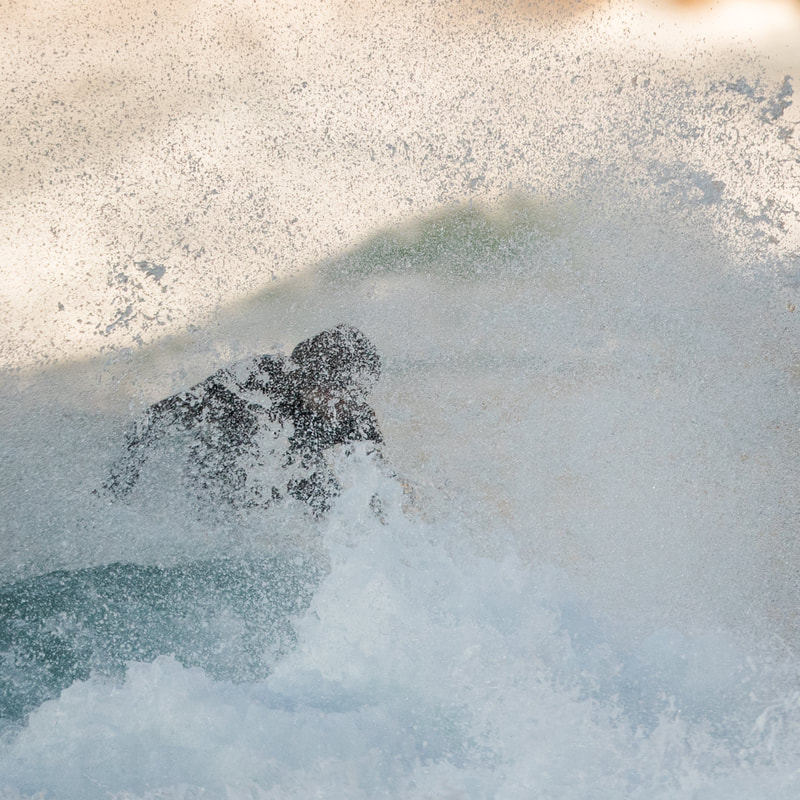
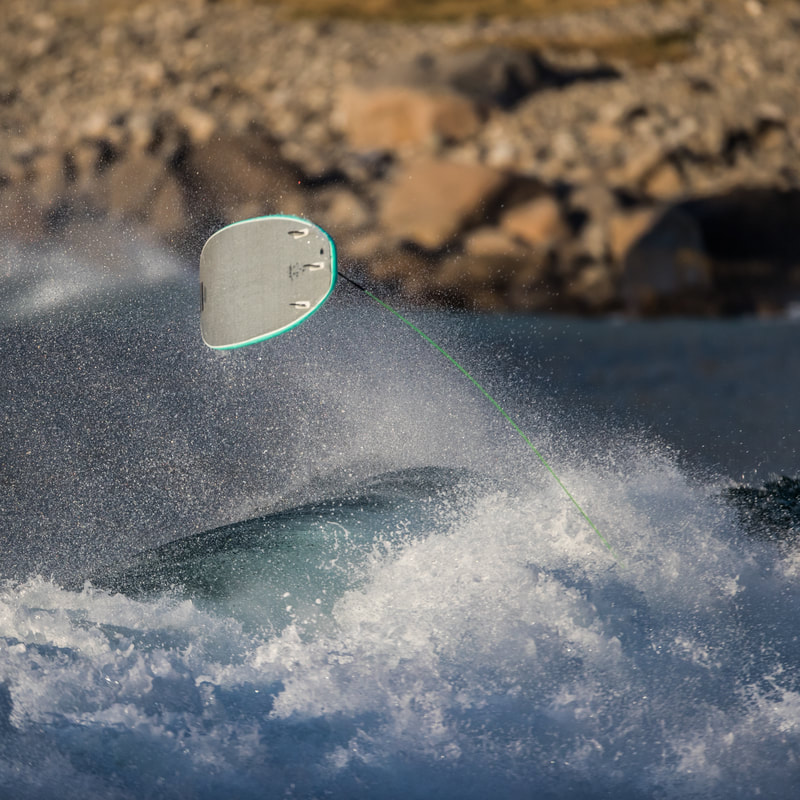
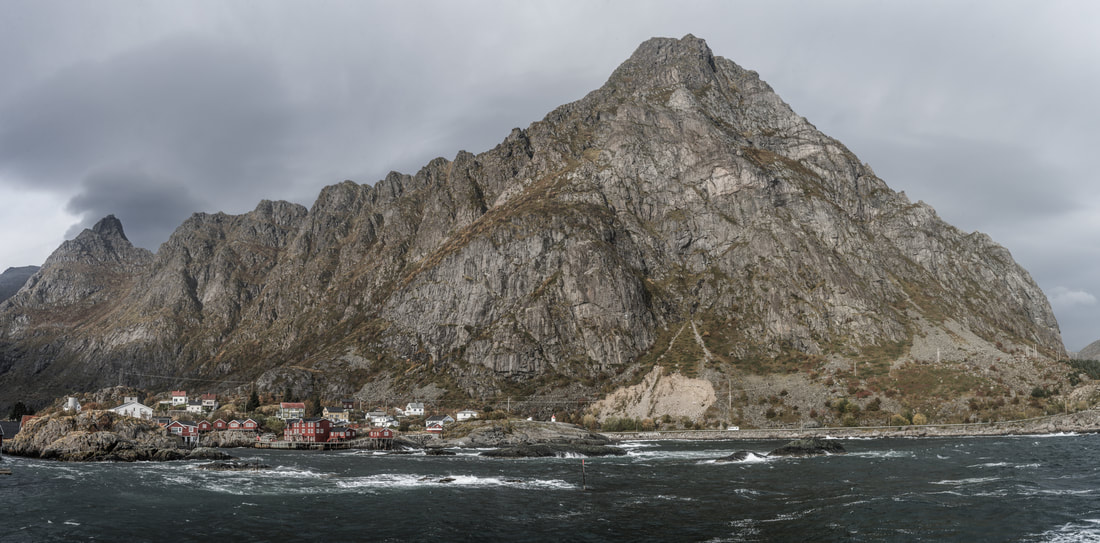
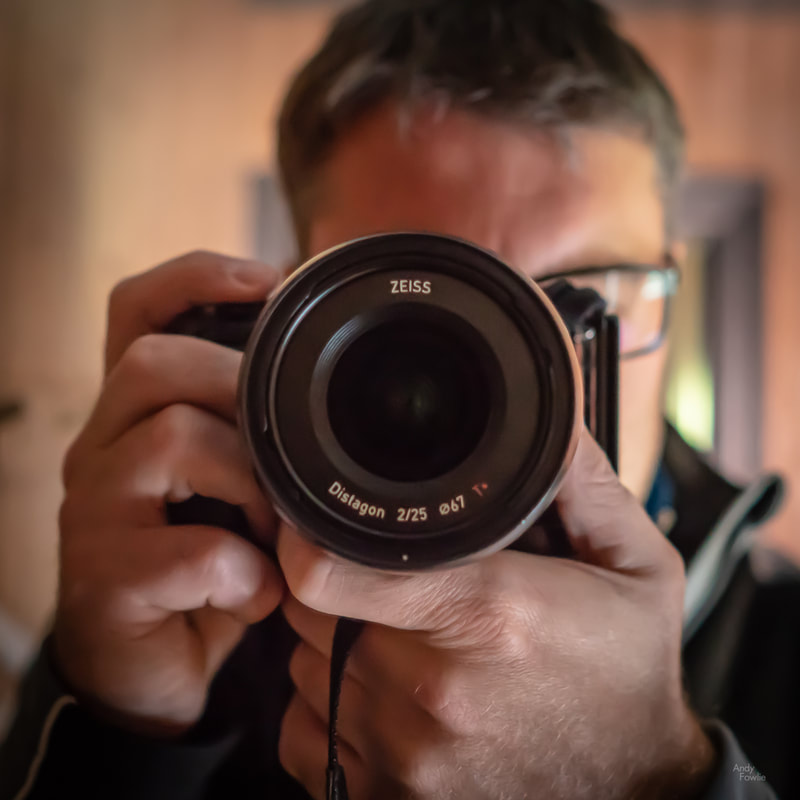
 RSS Feed
RSS Feed
